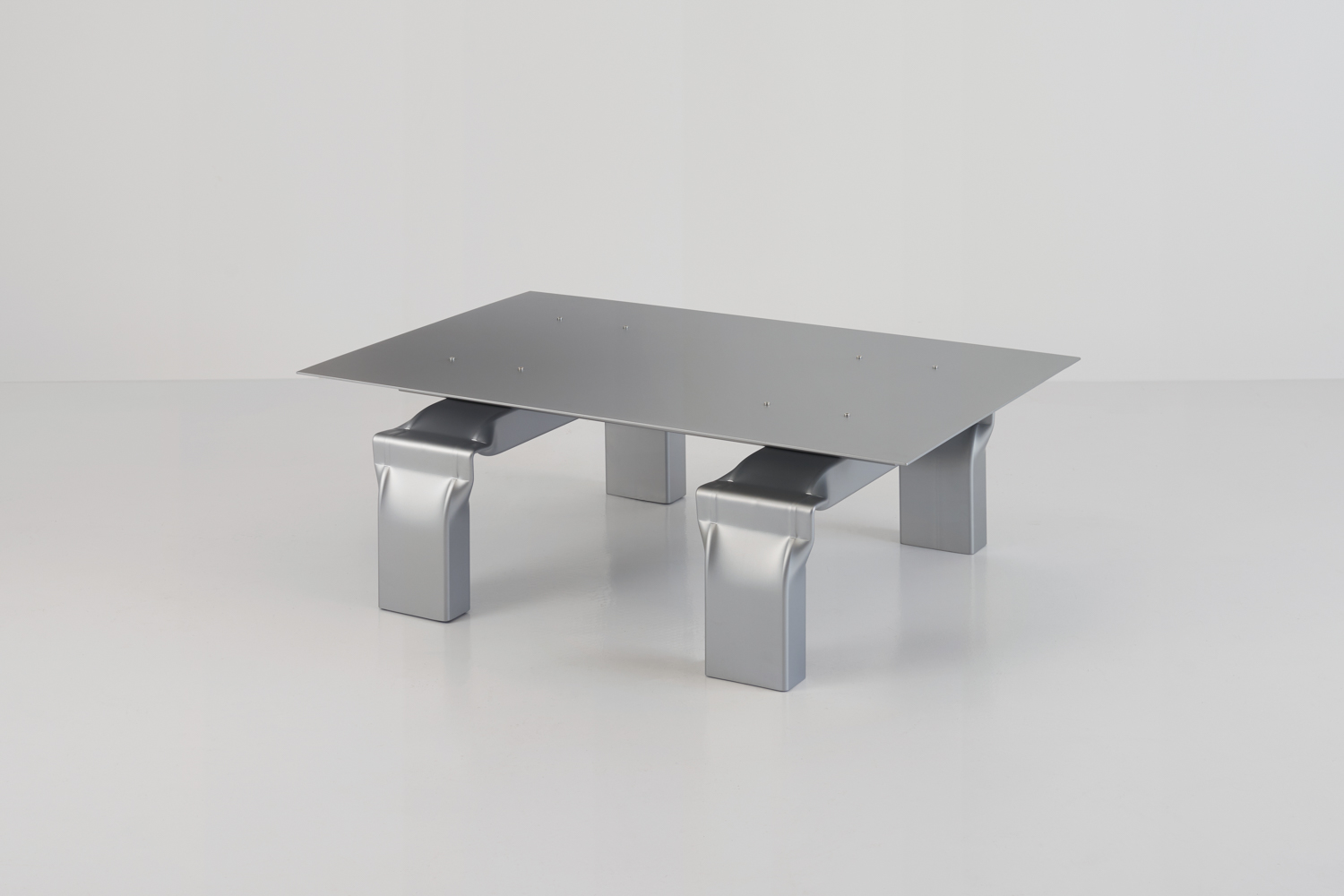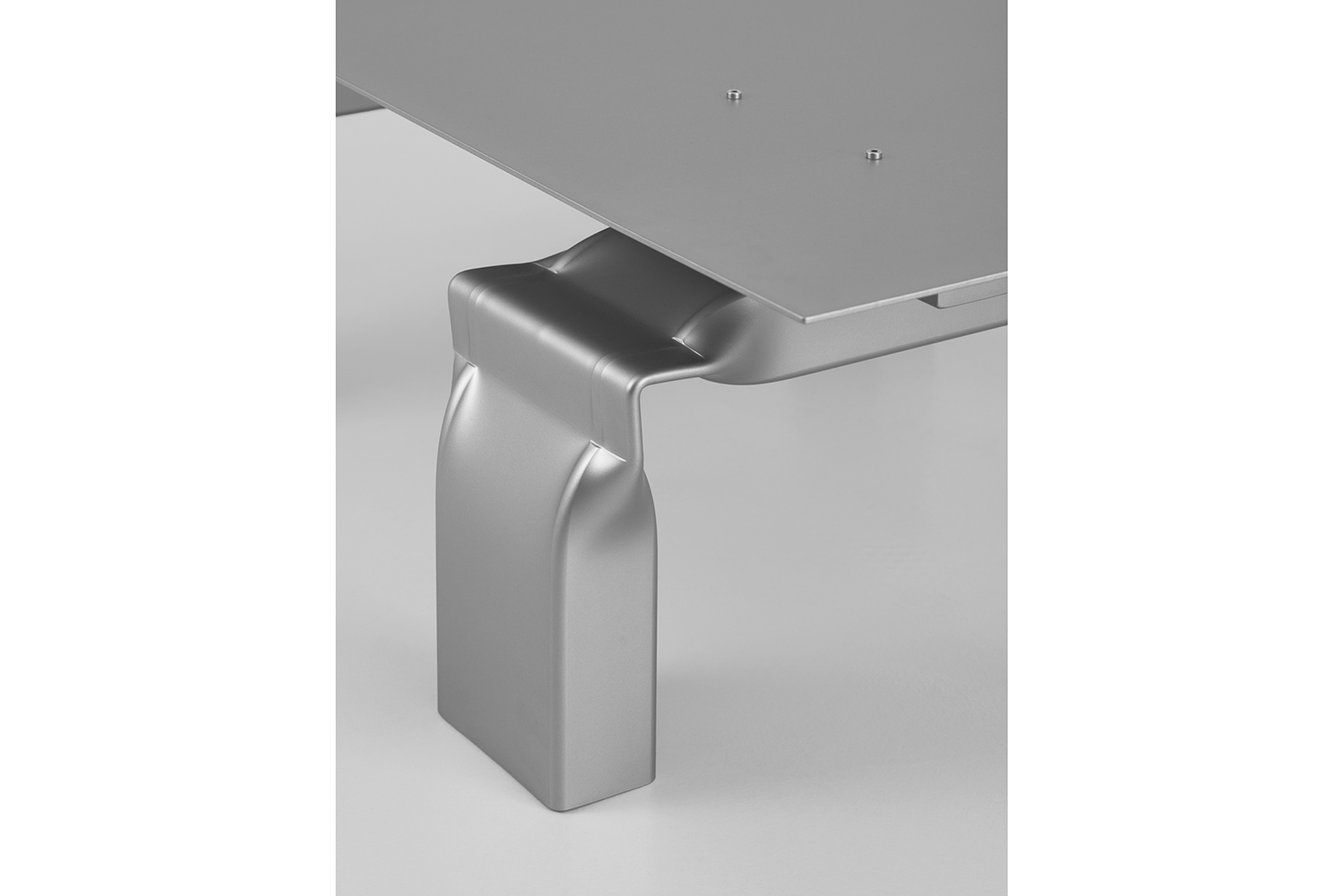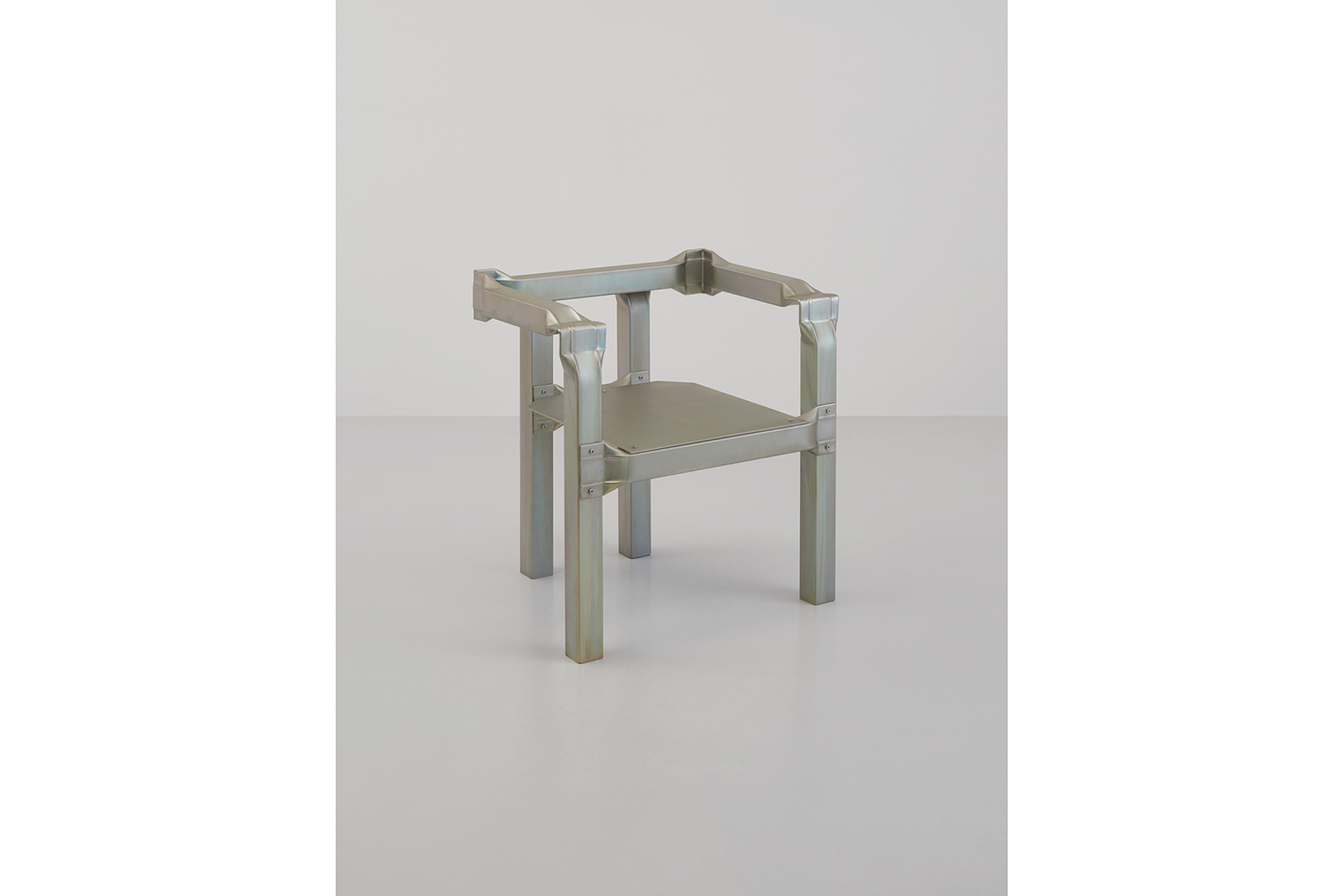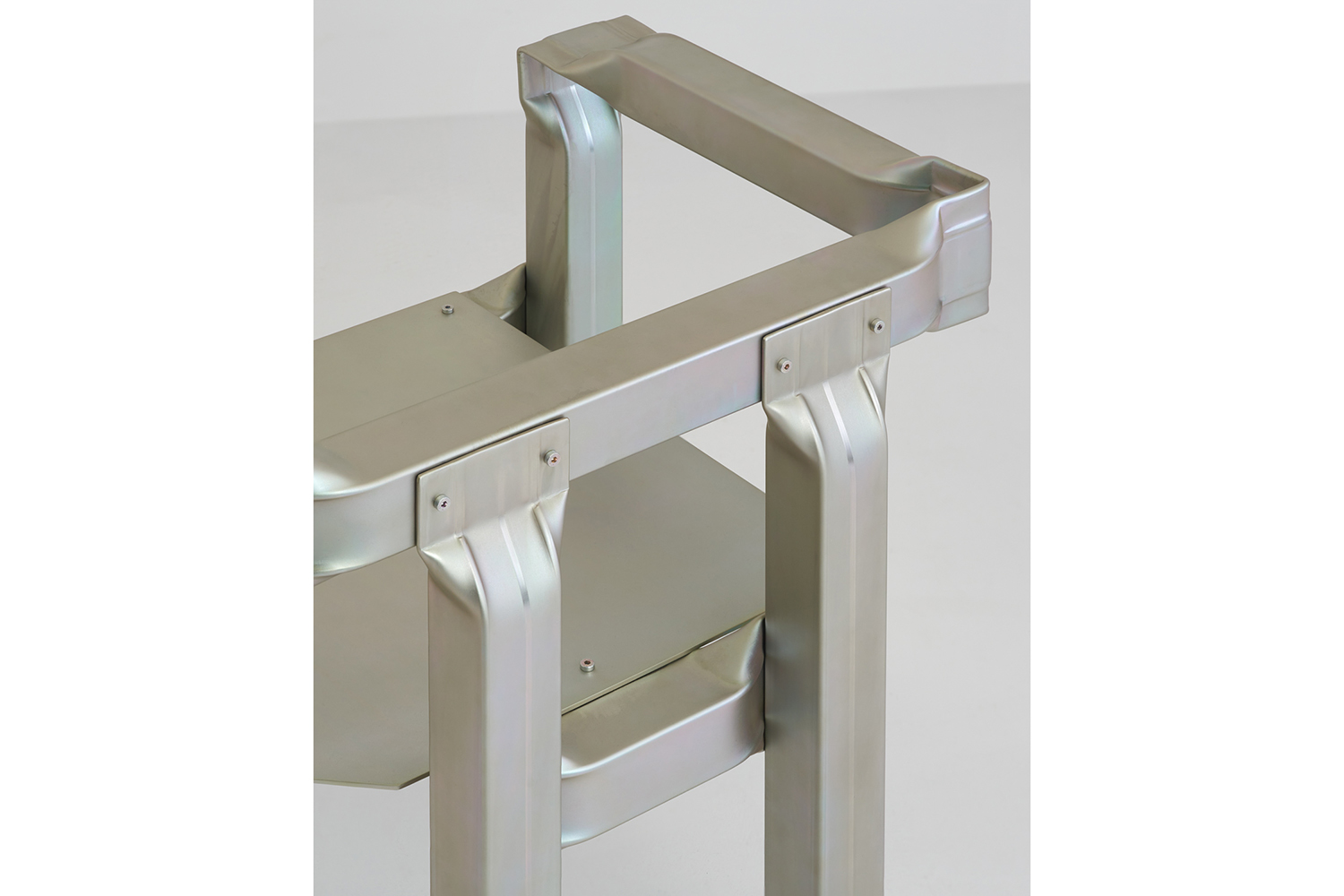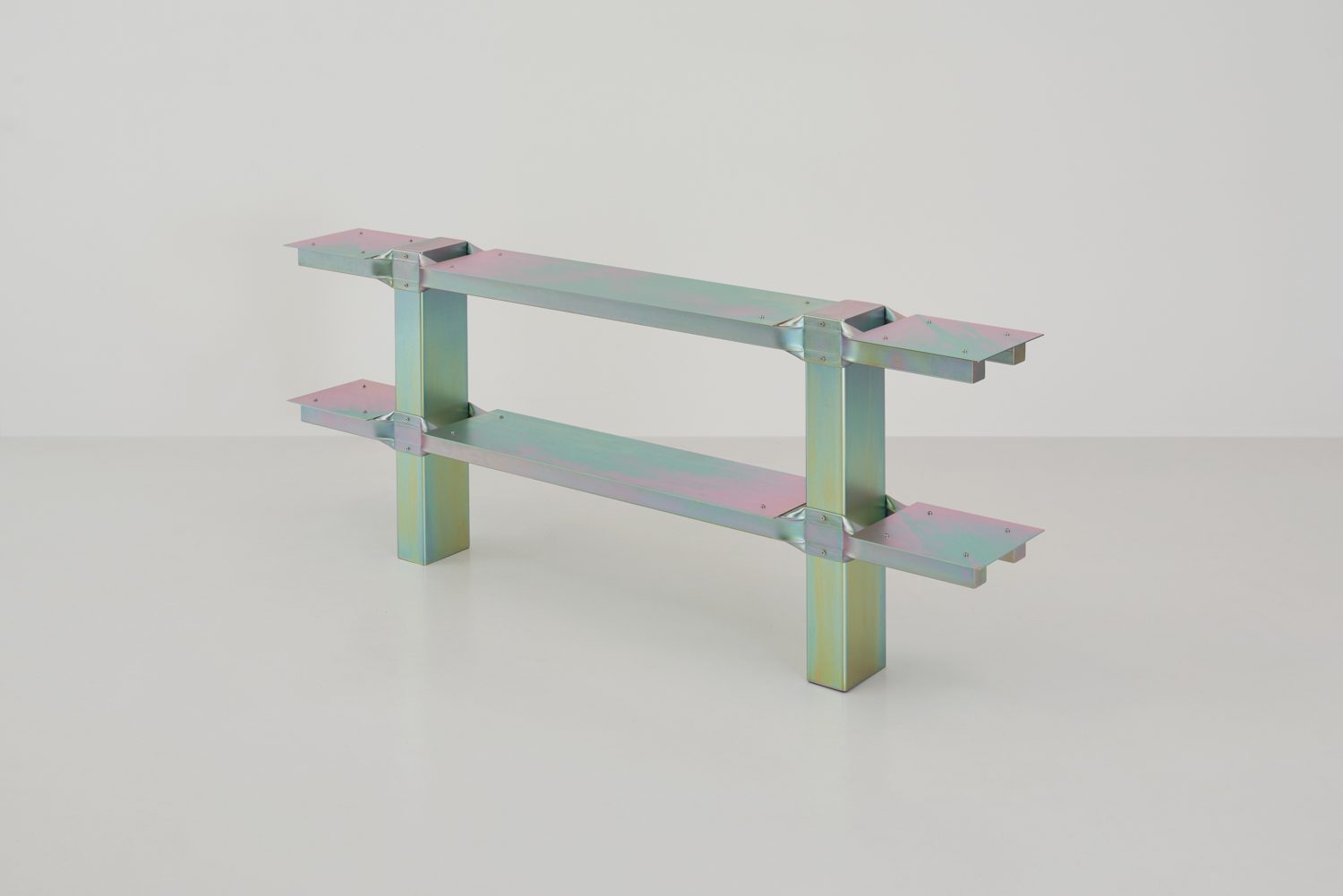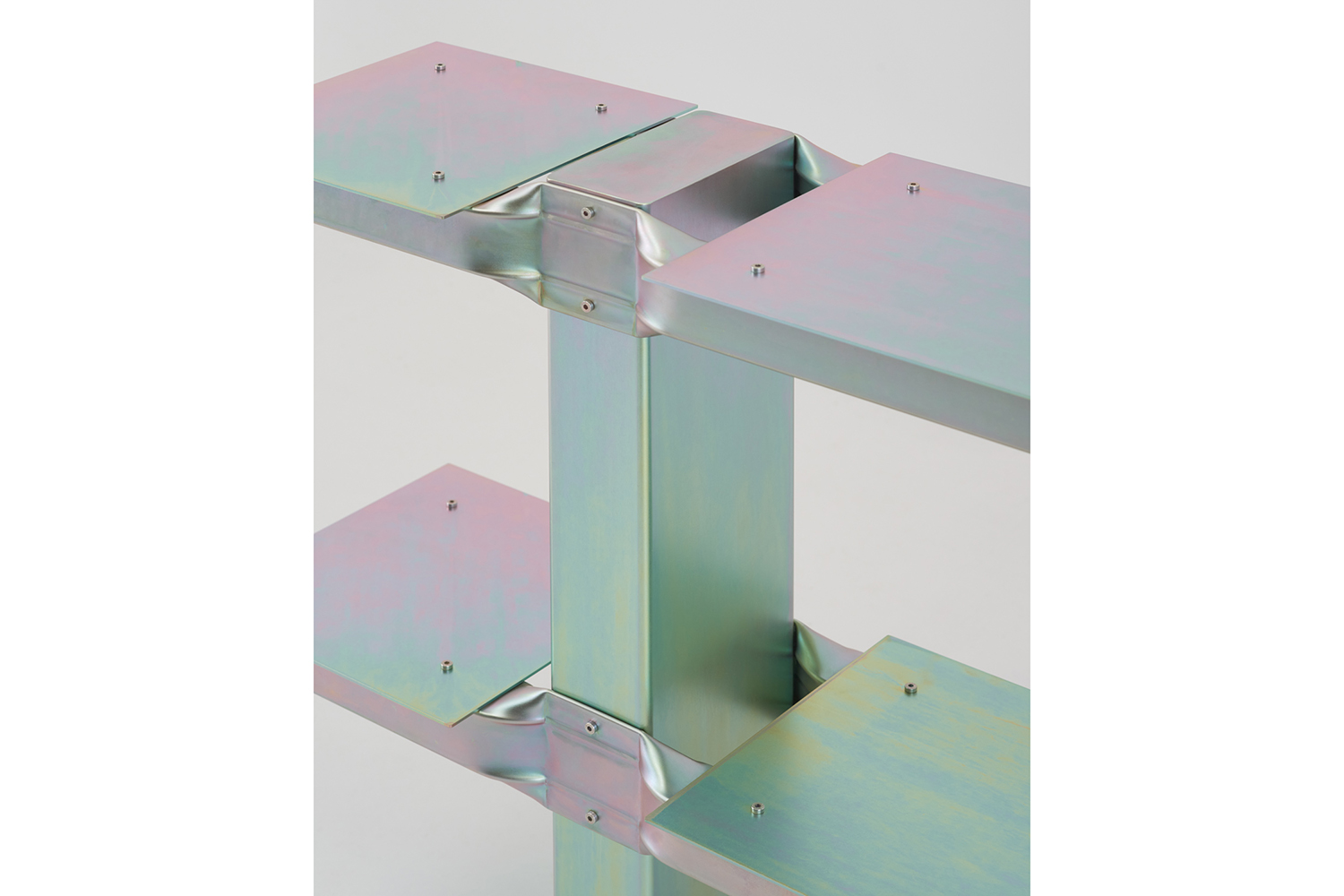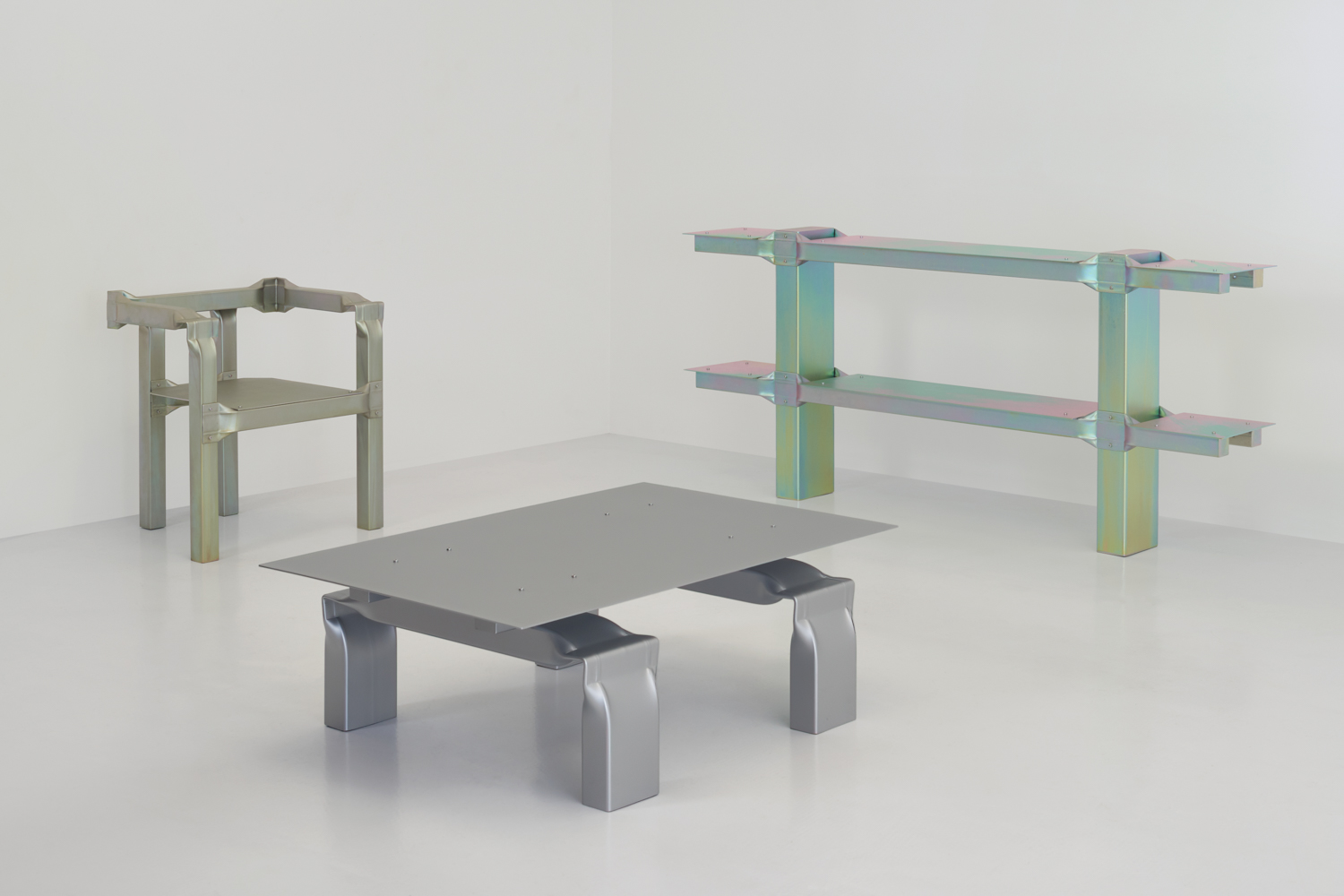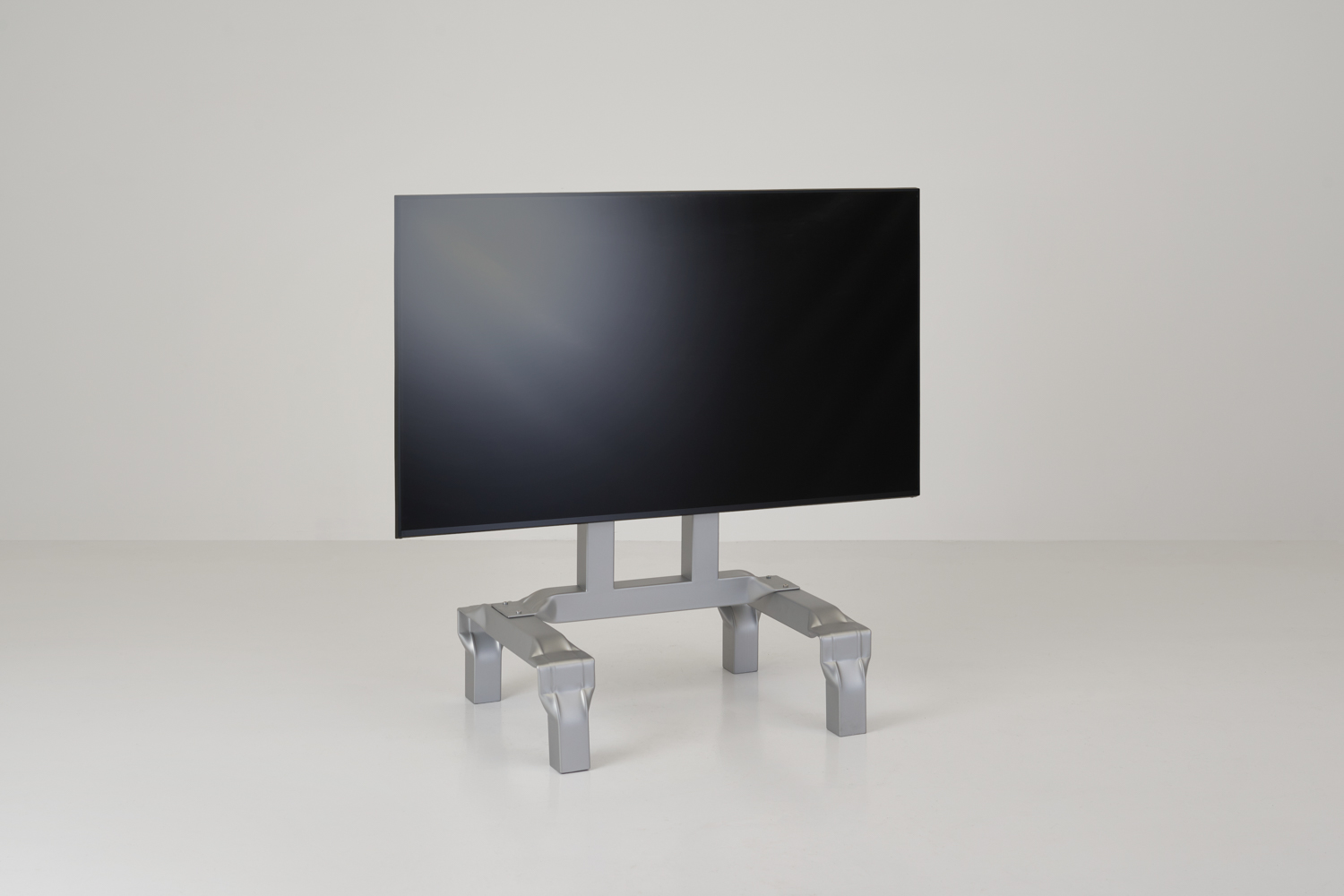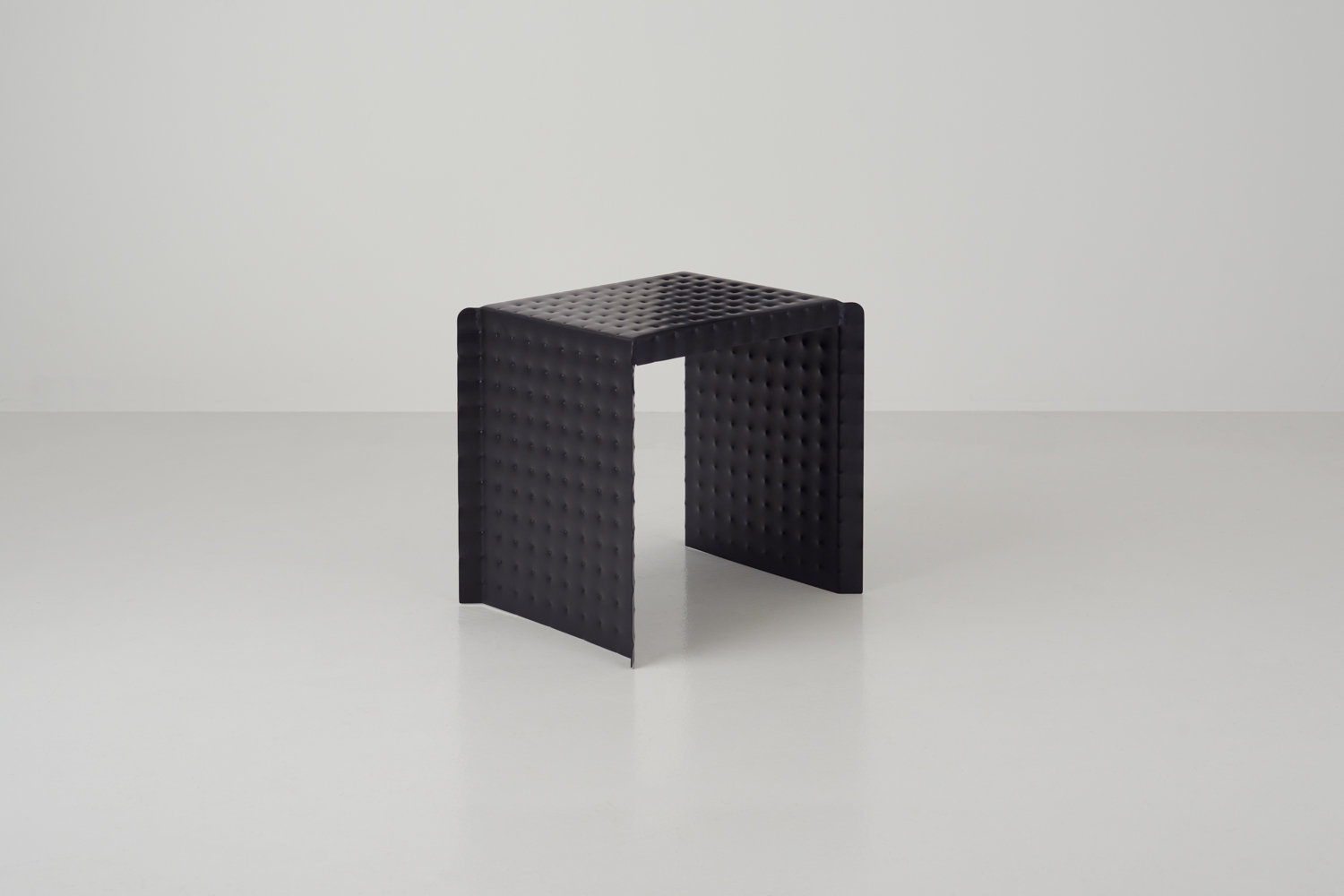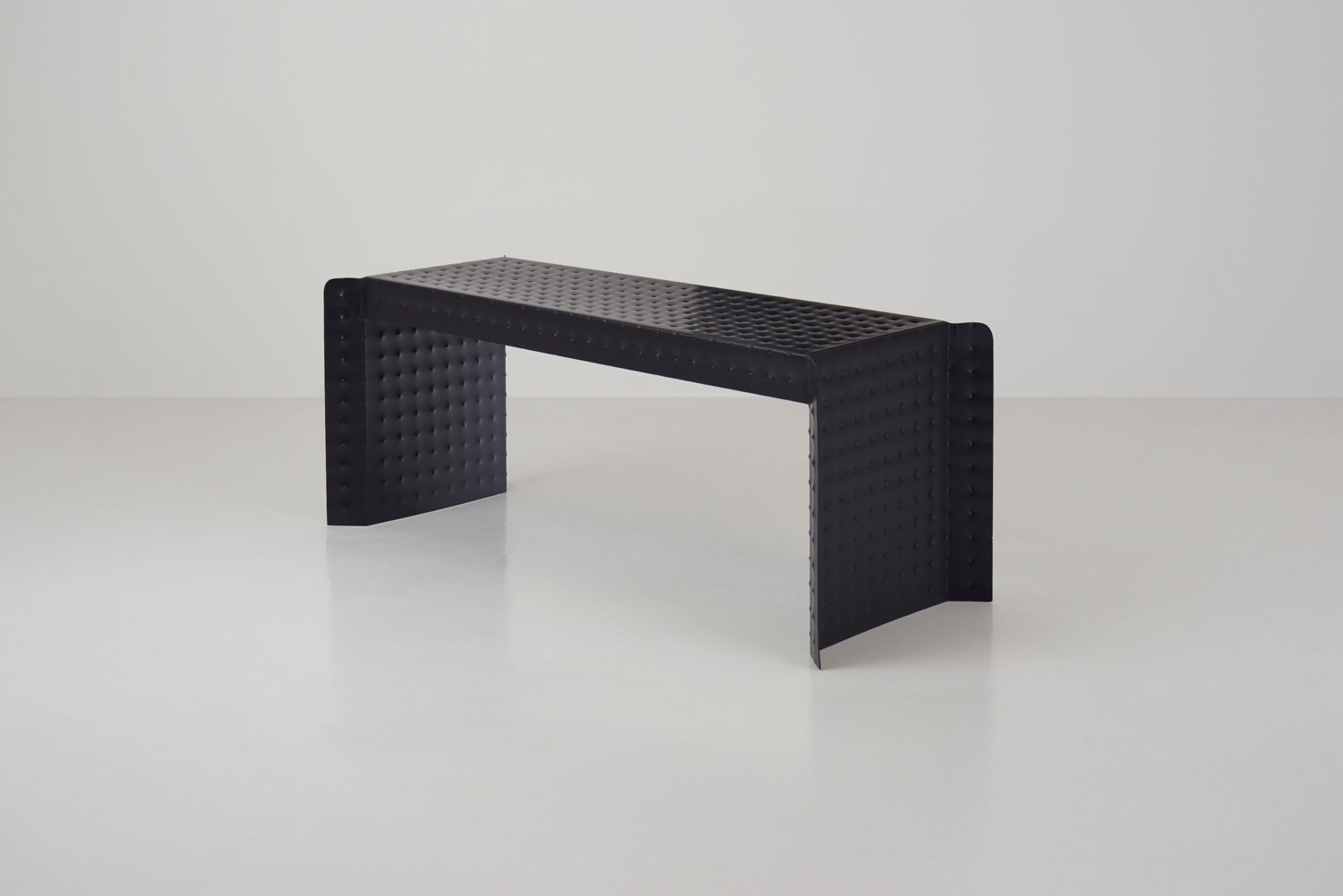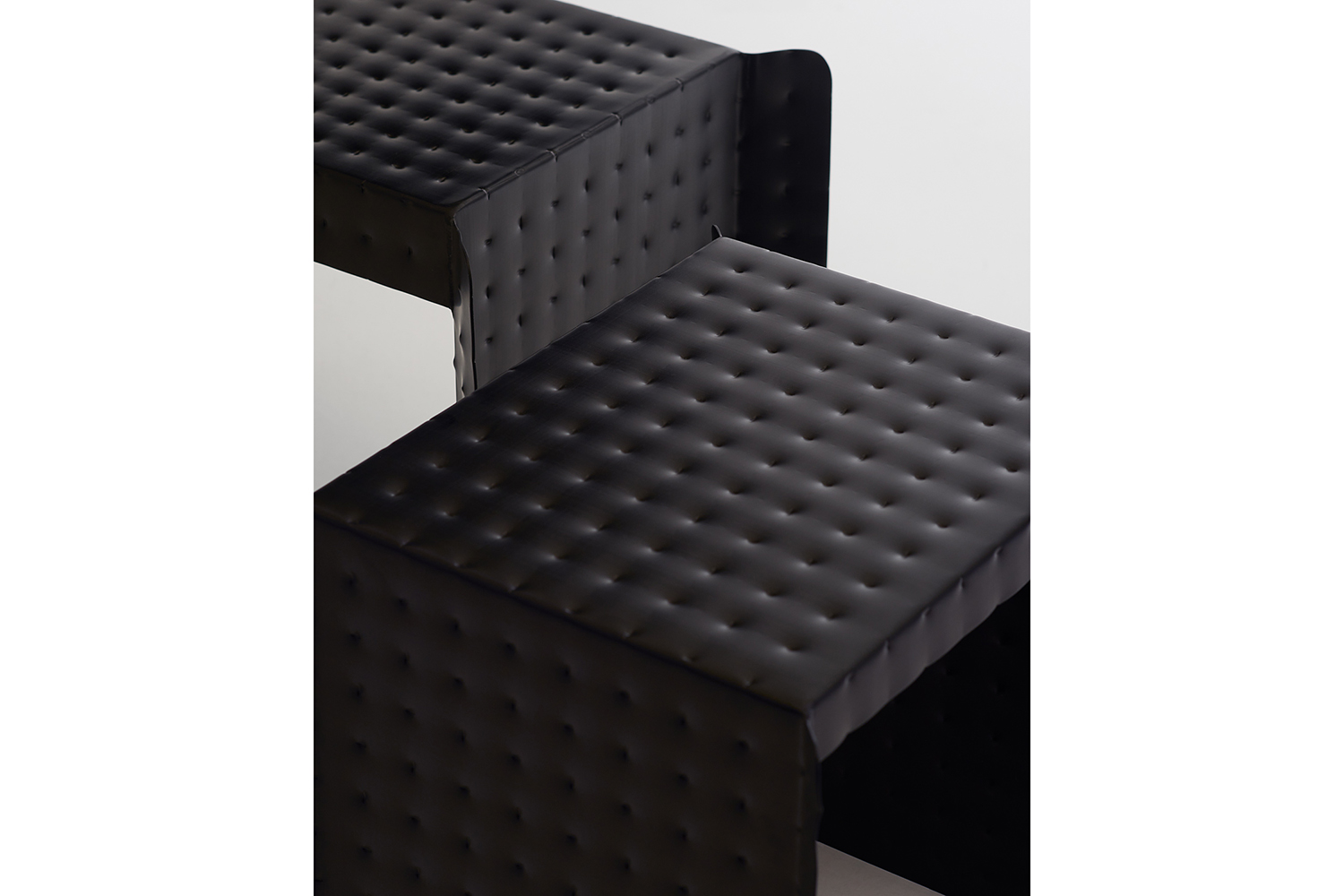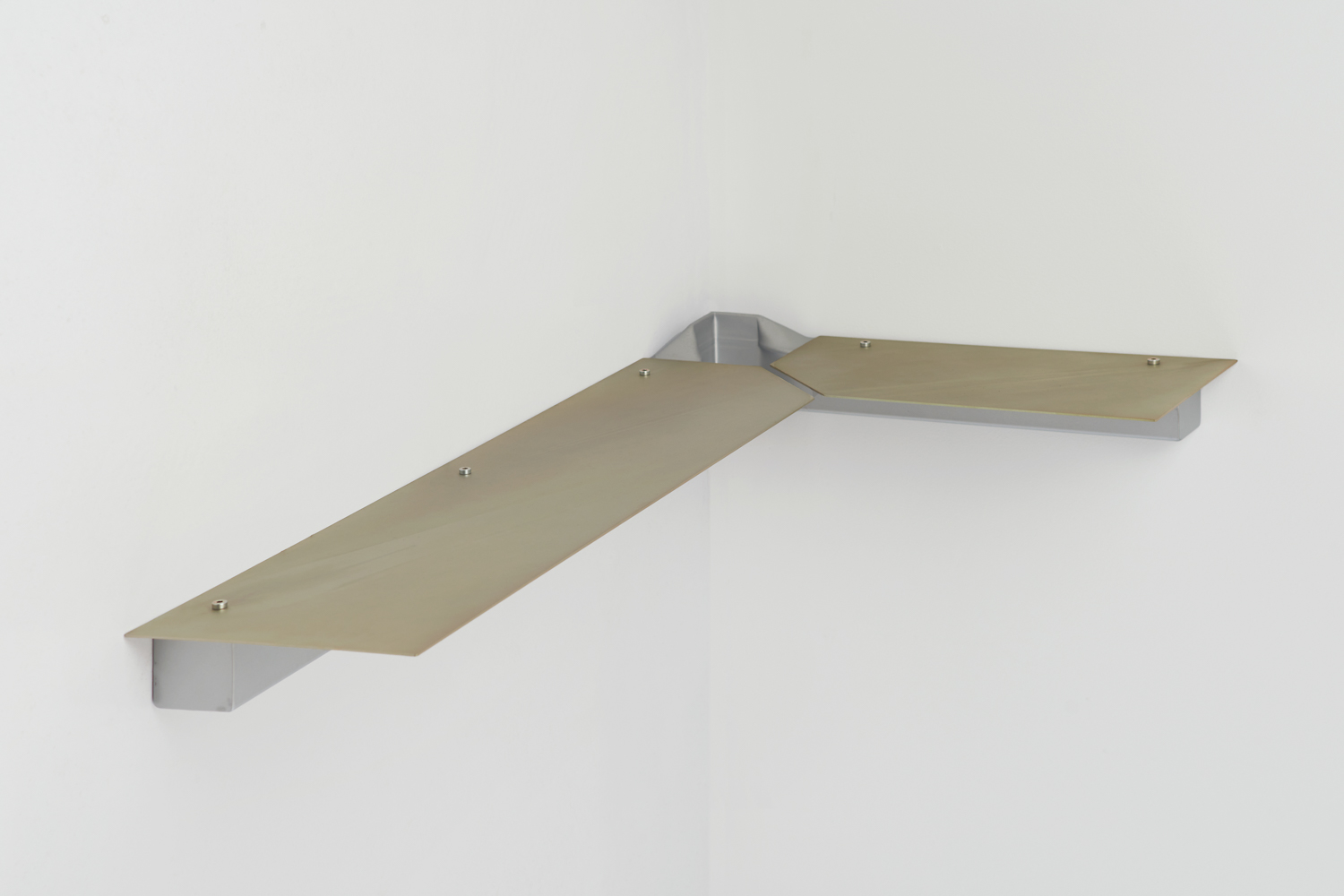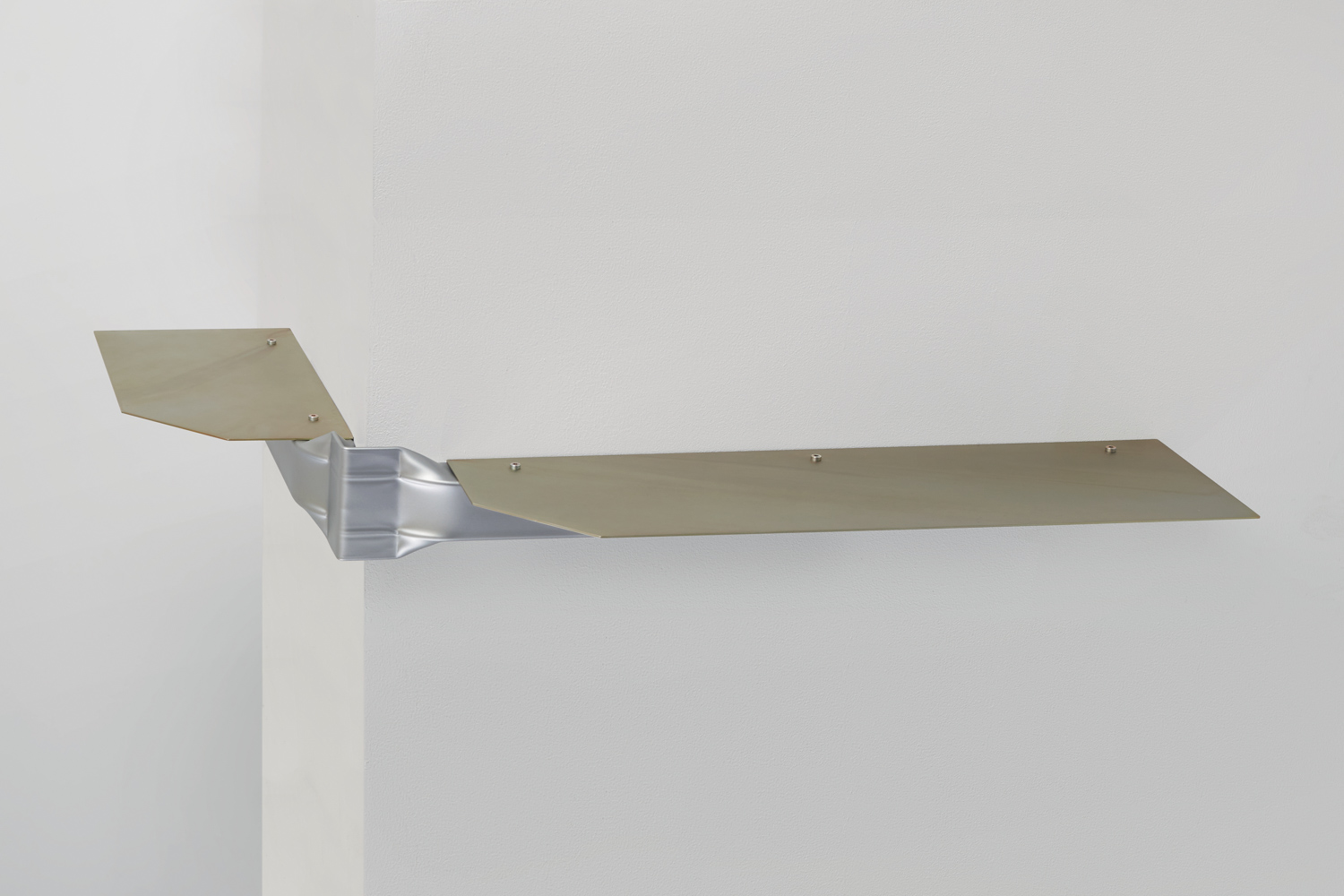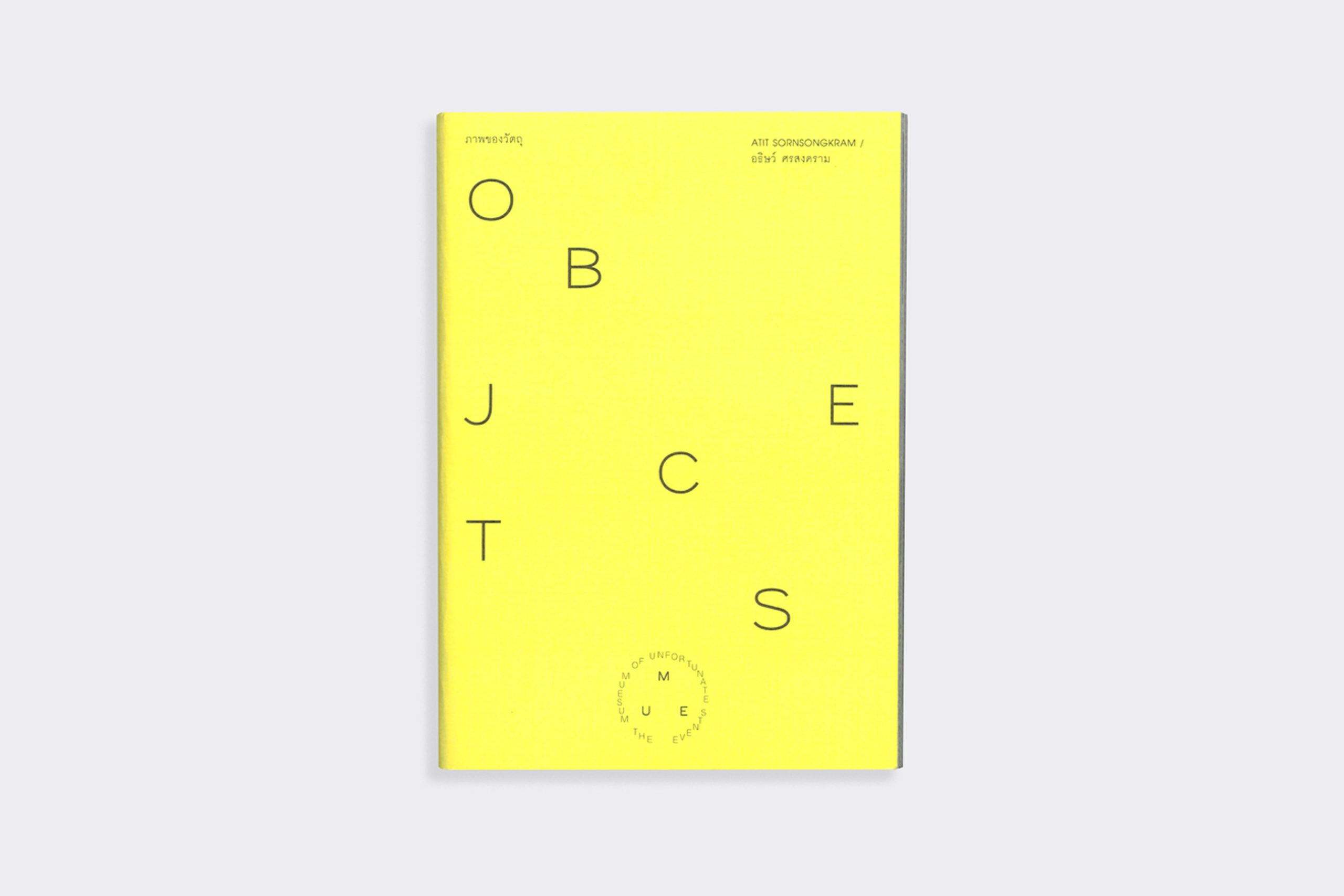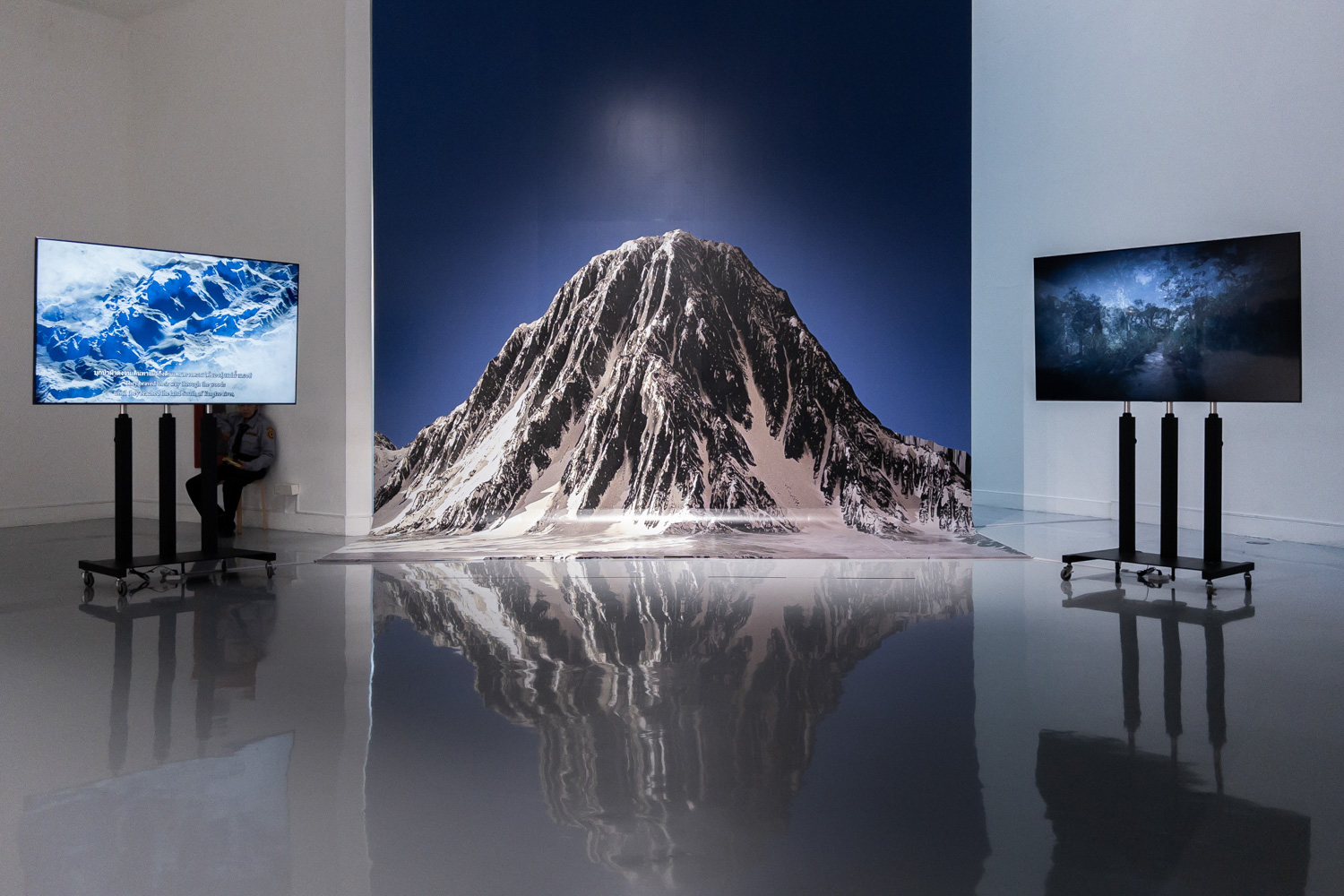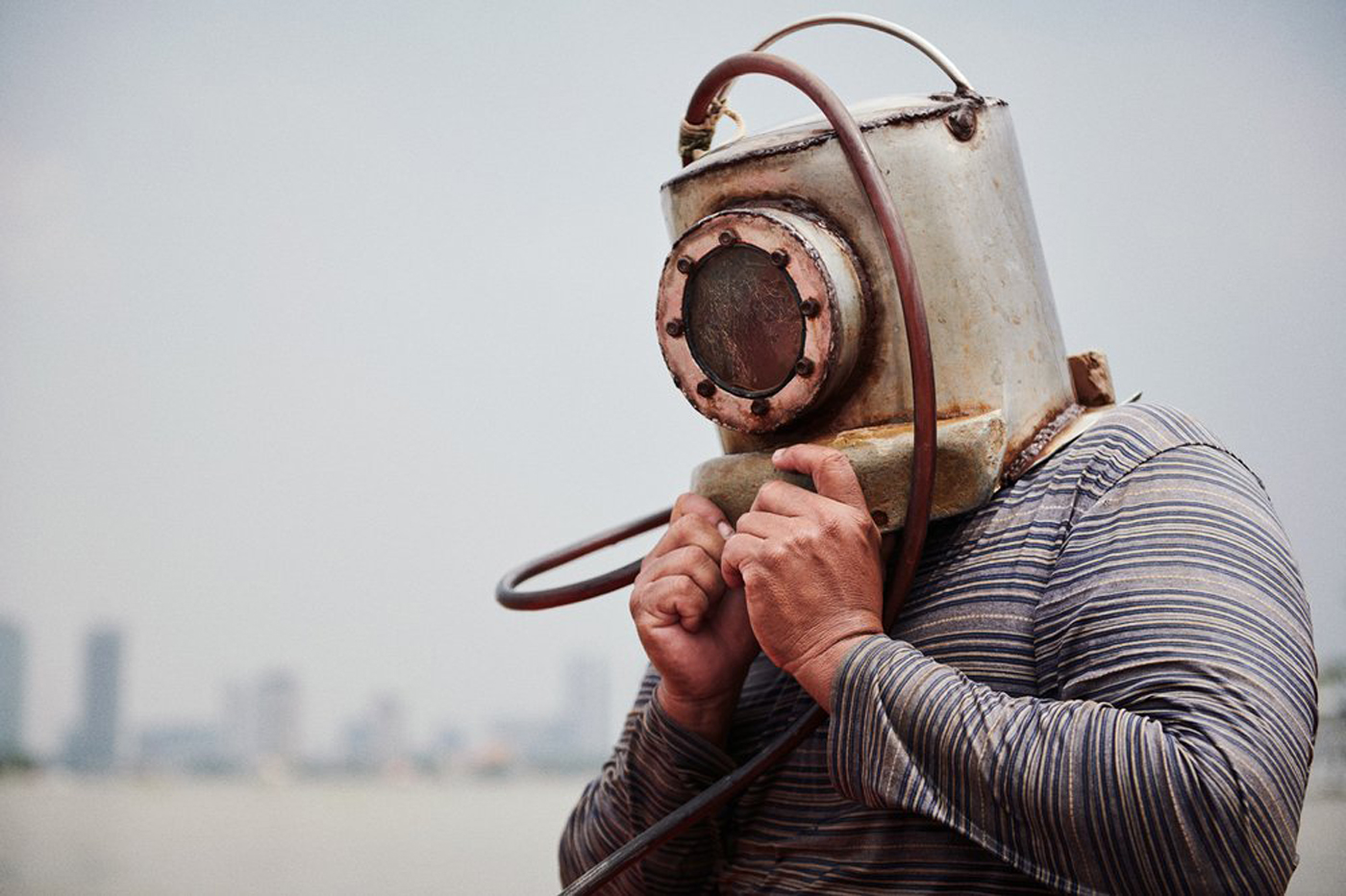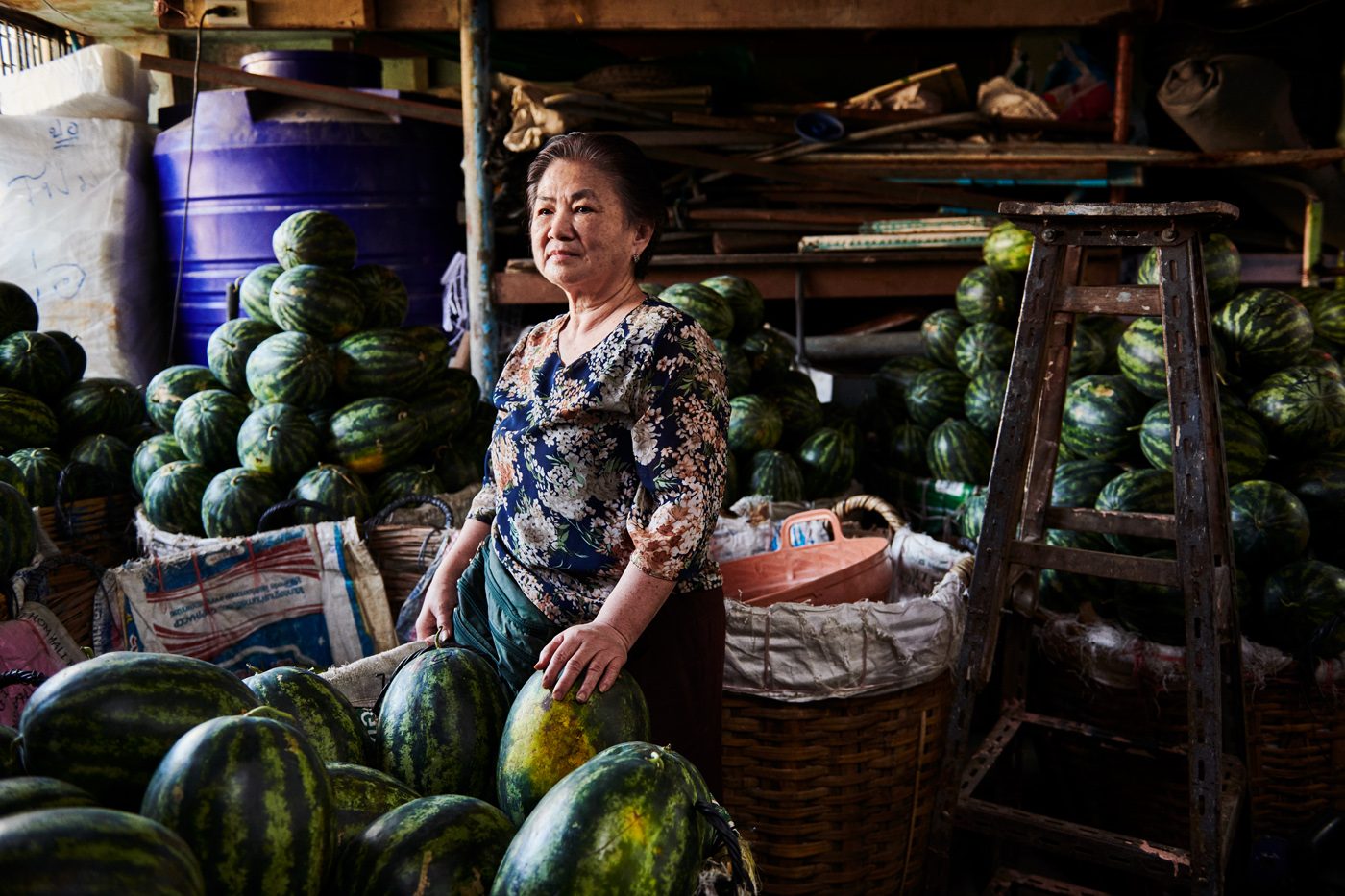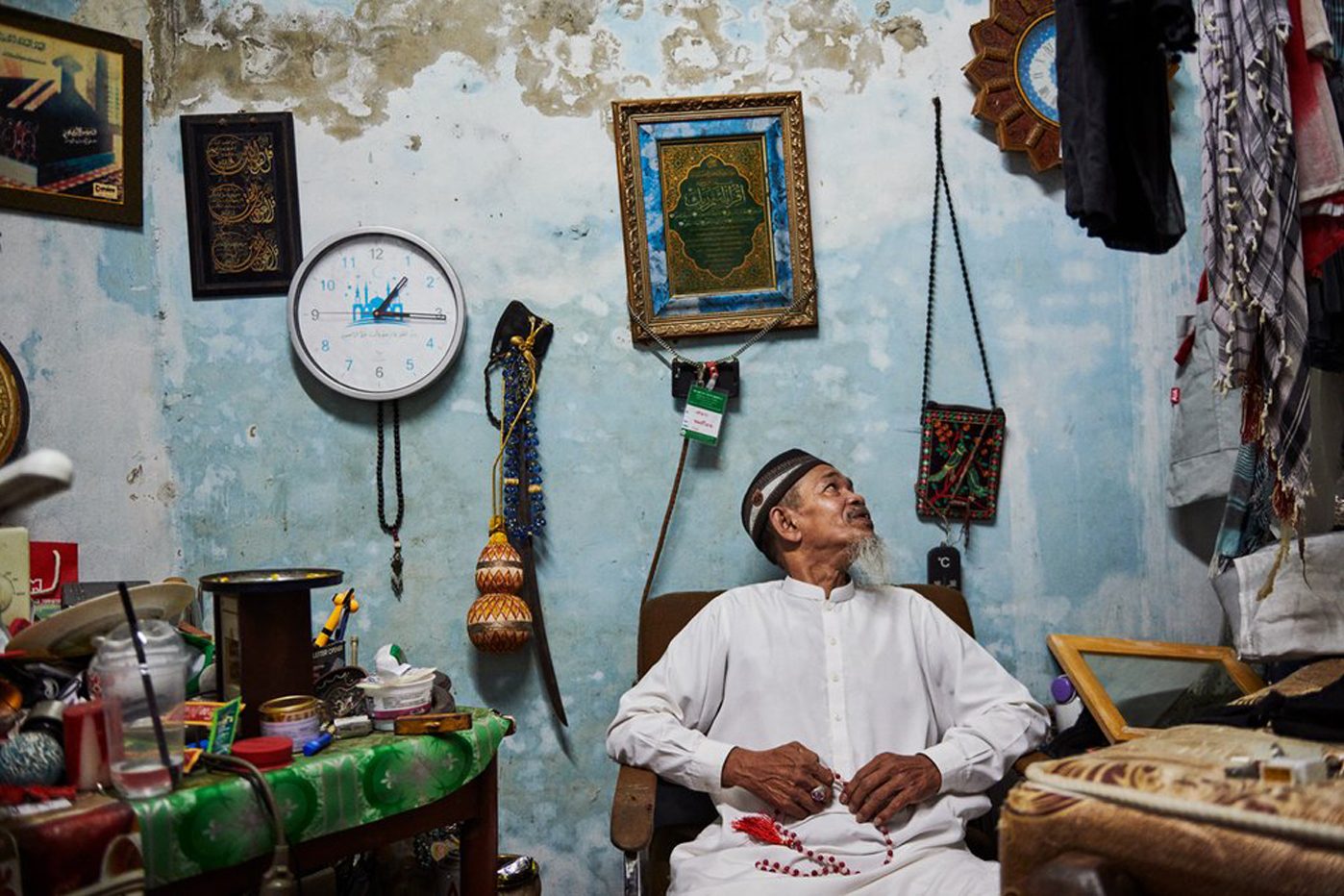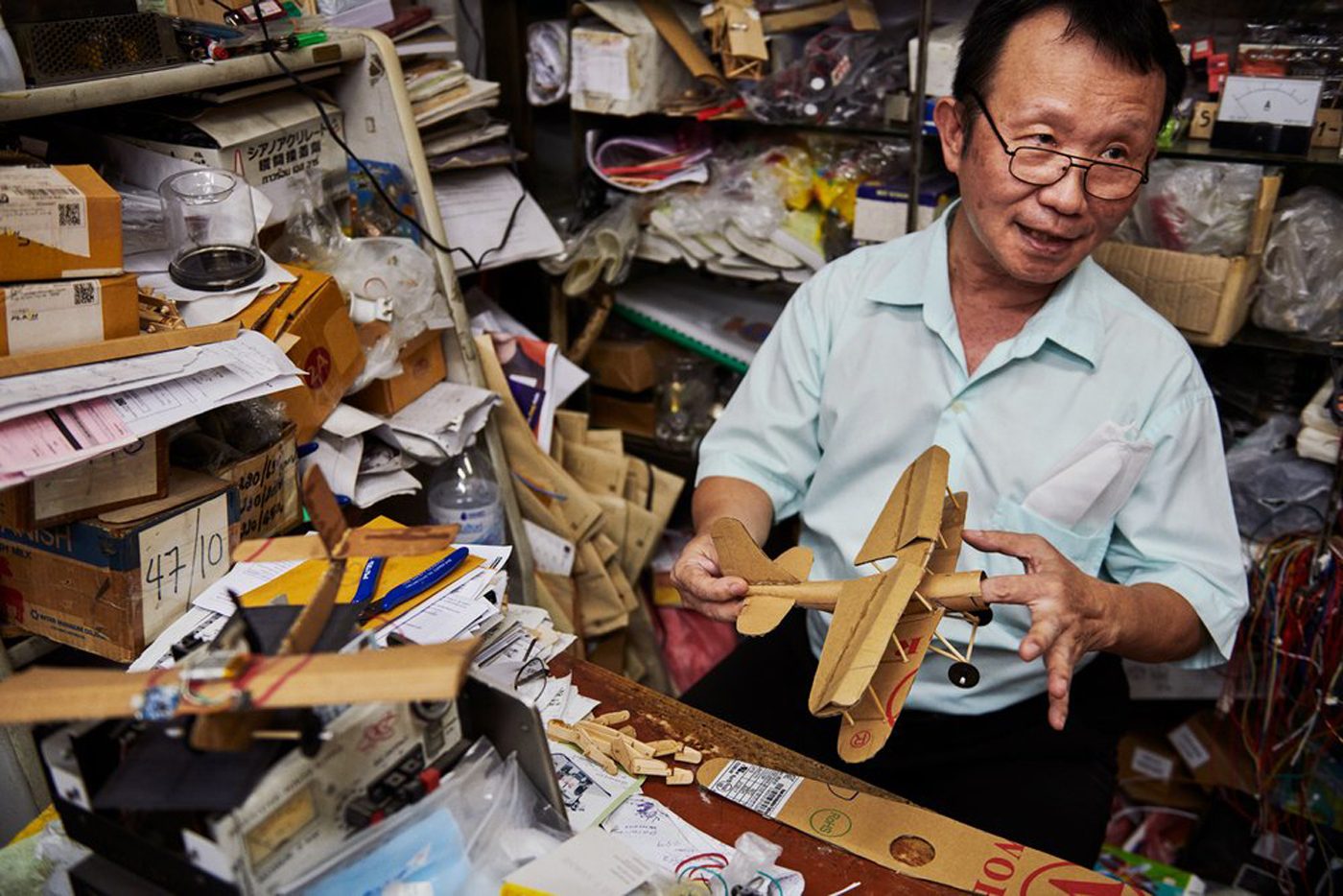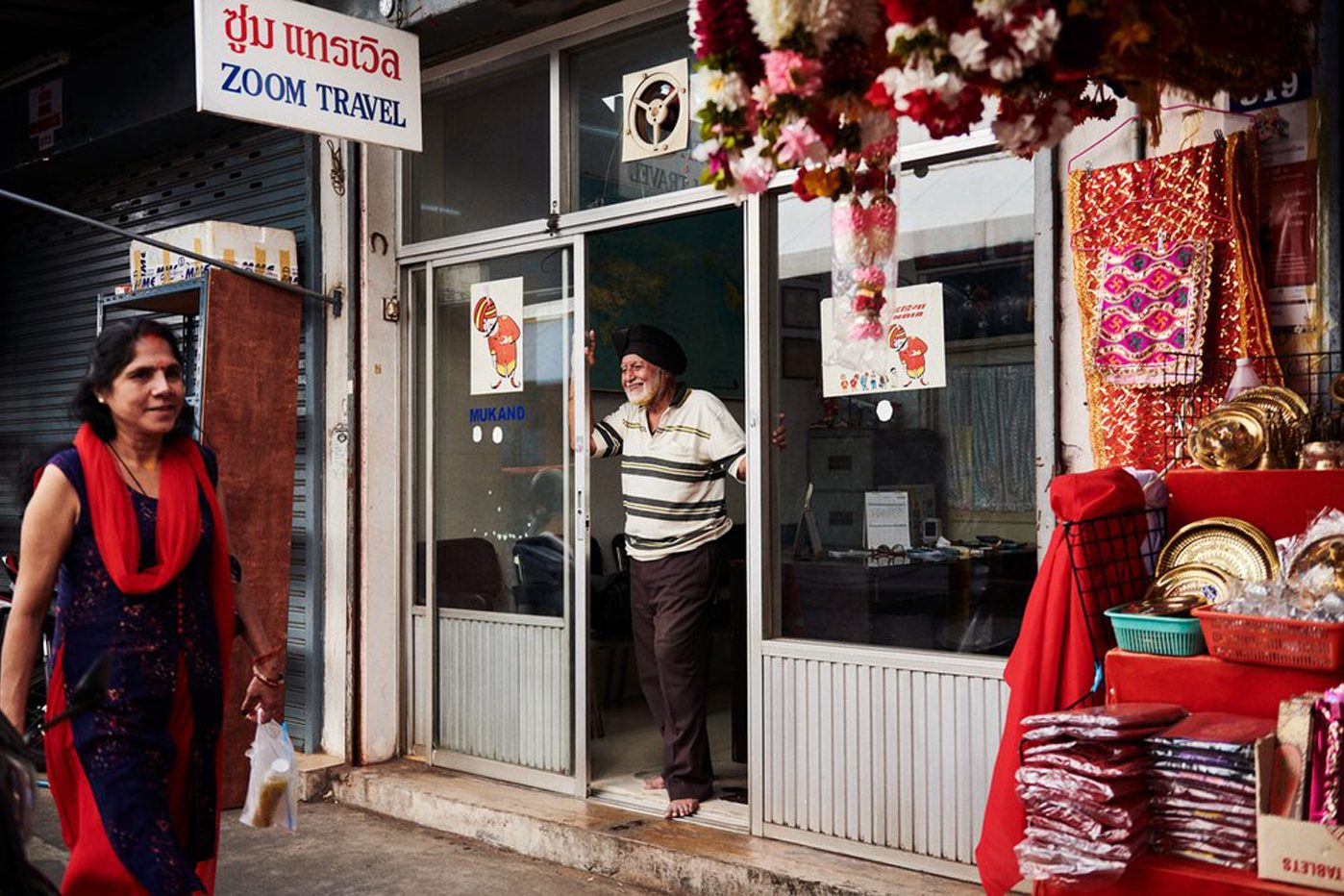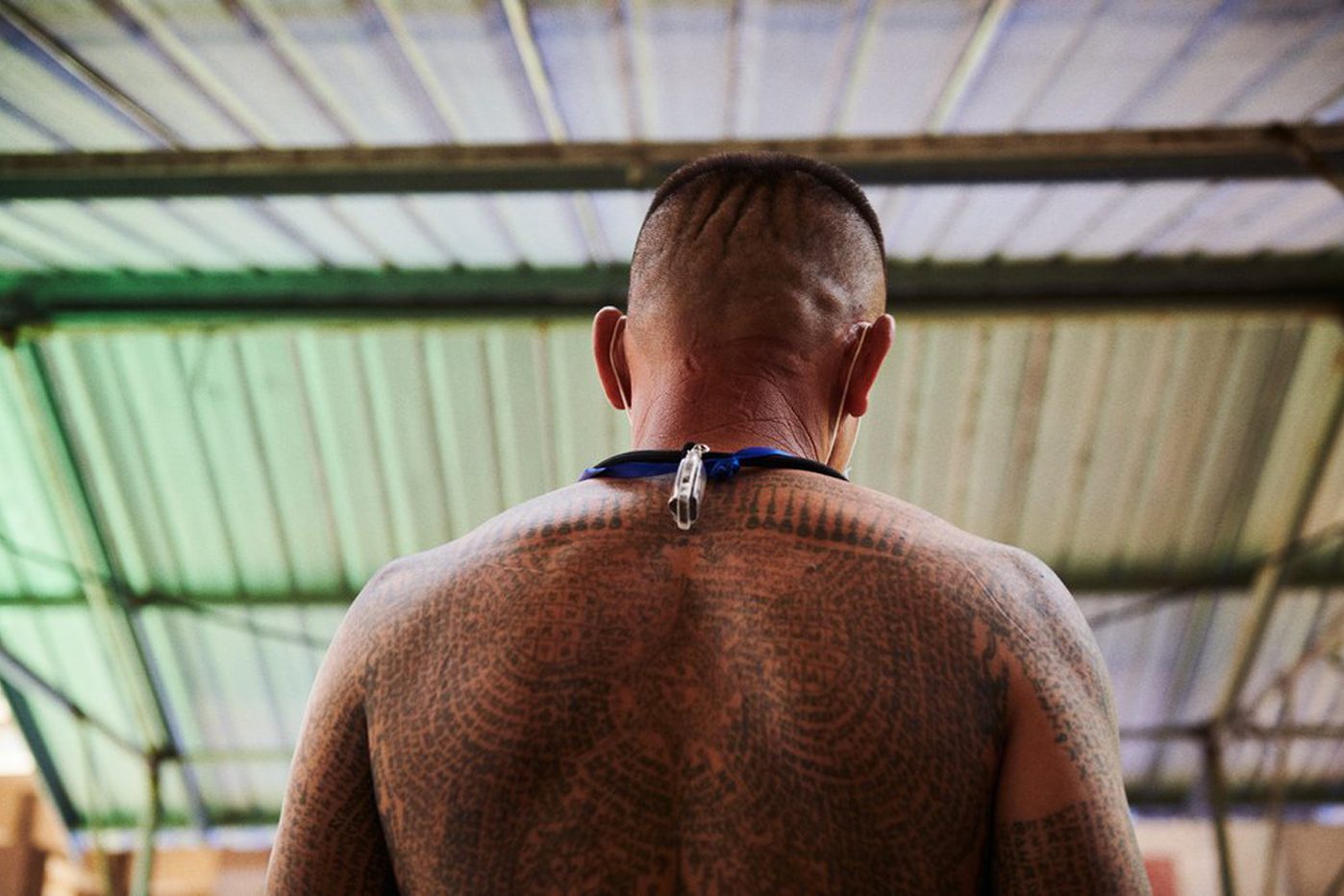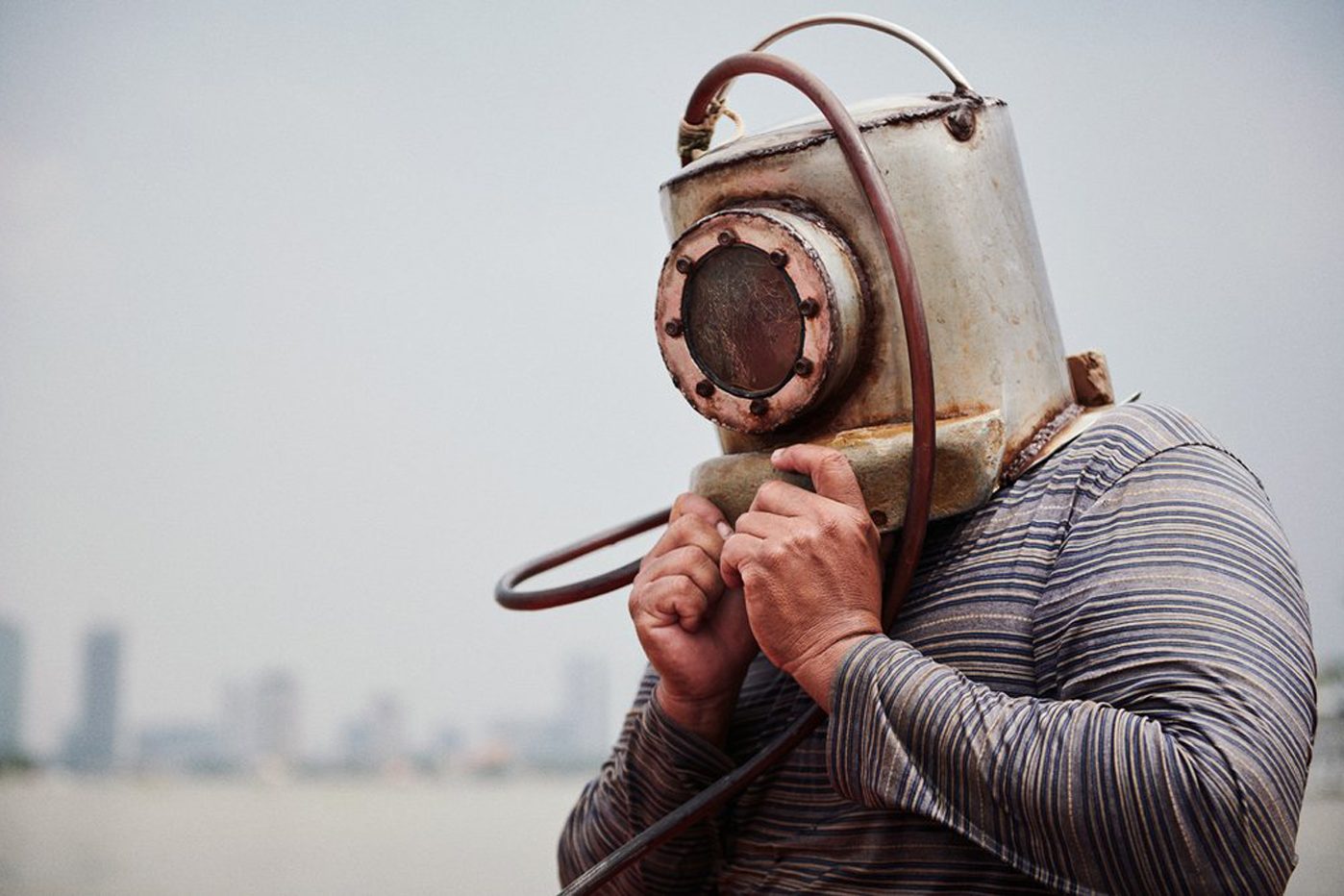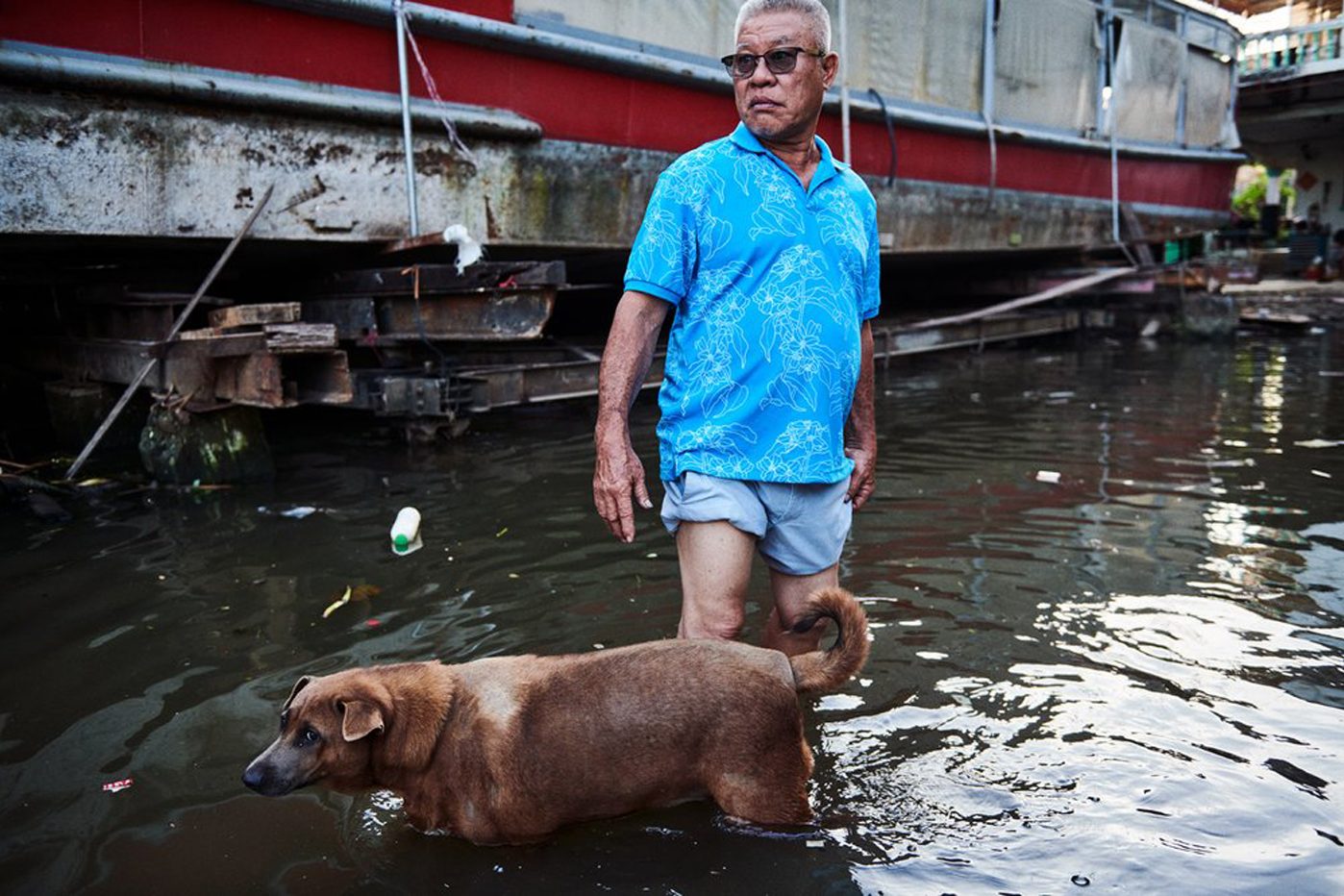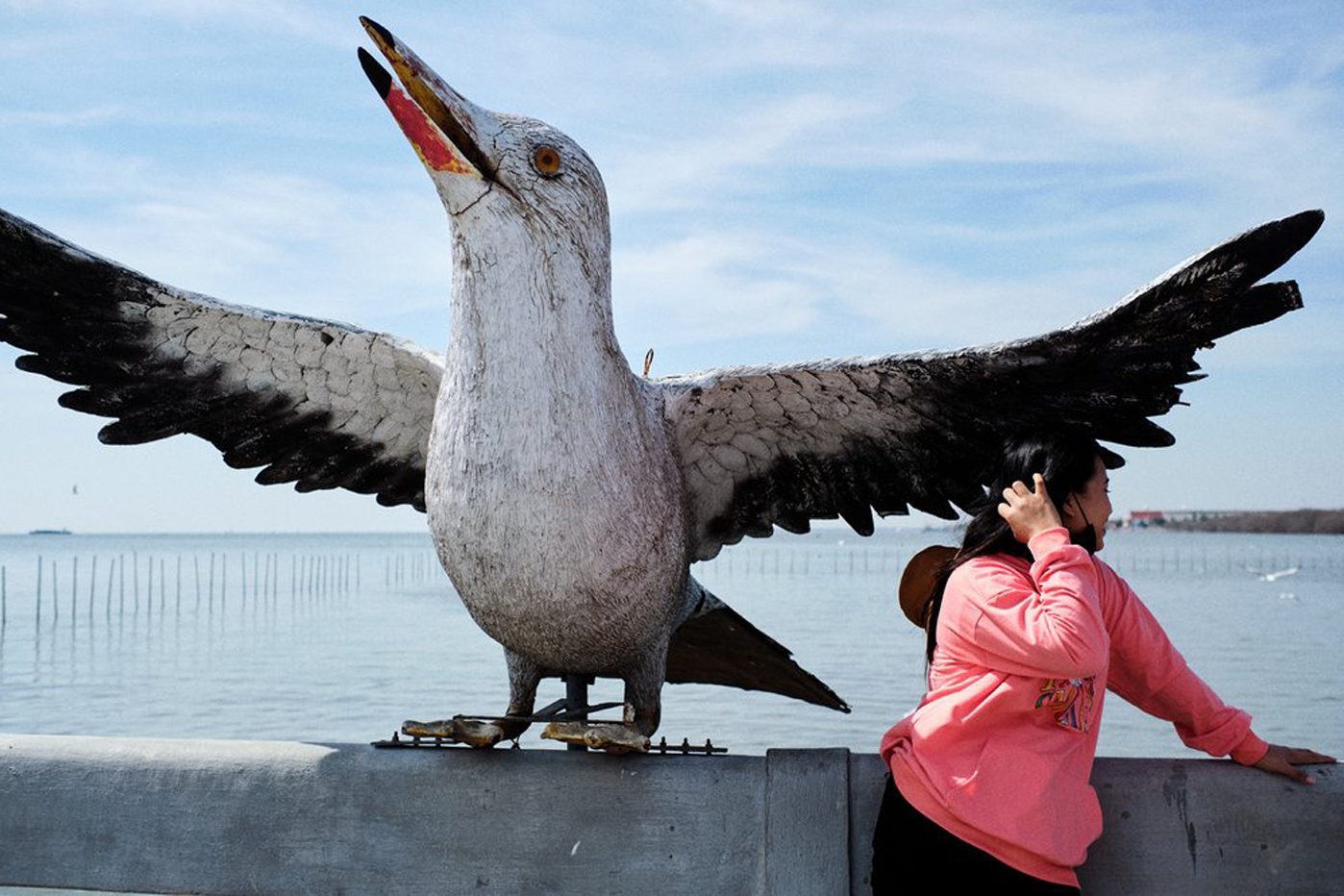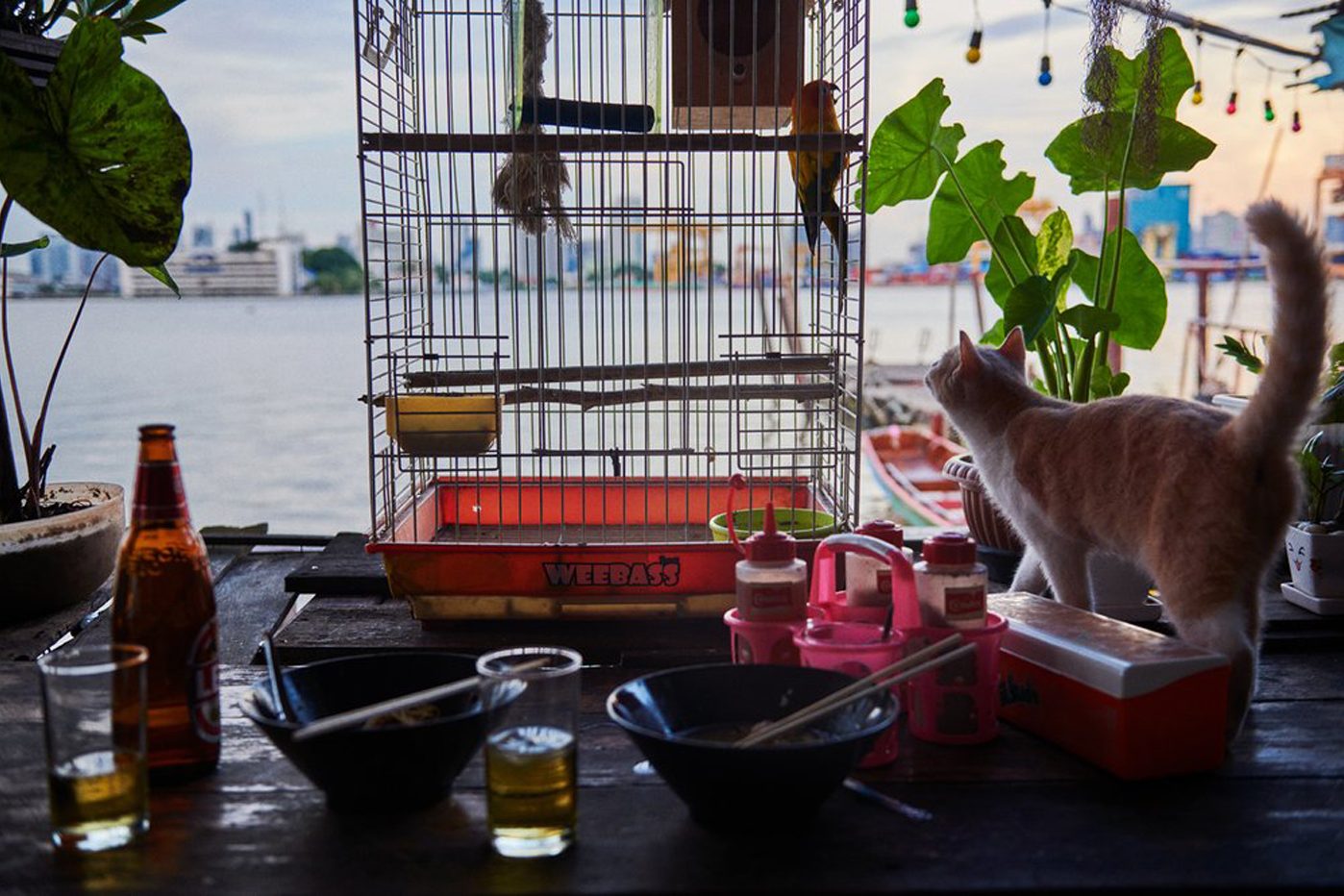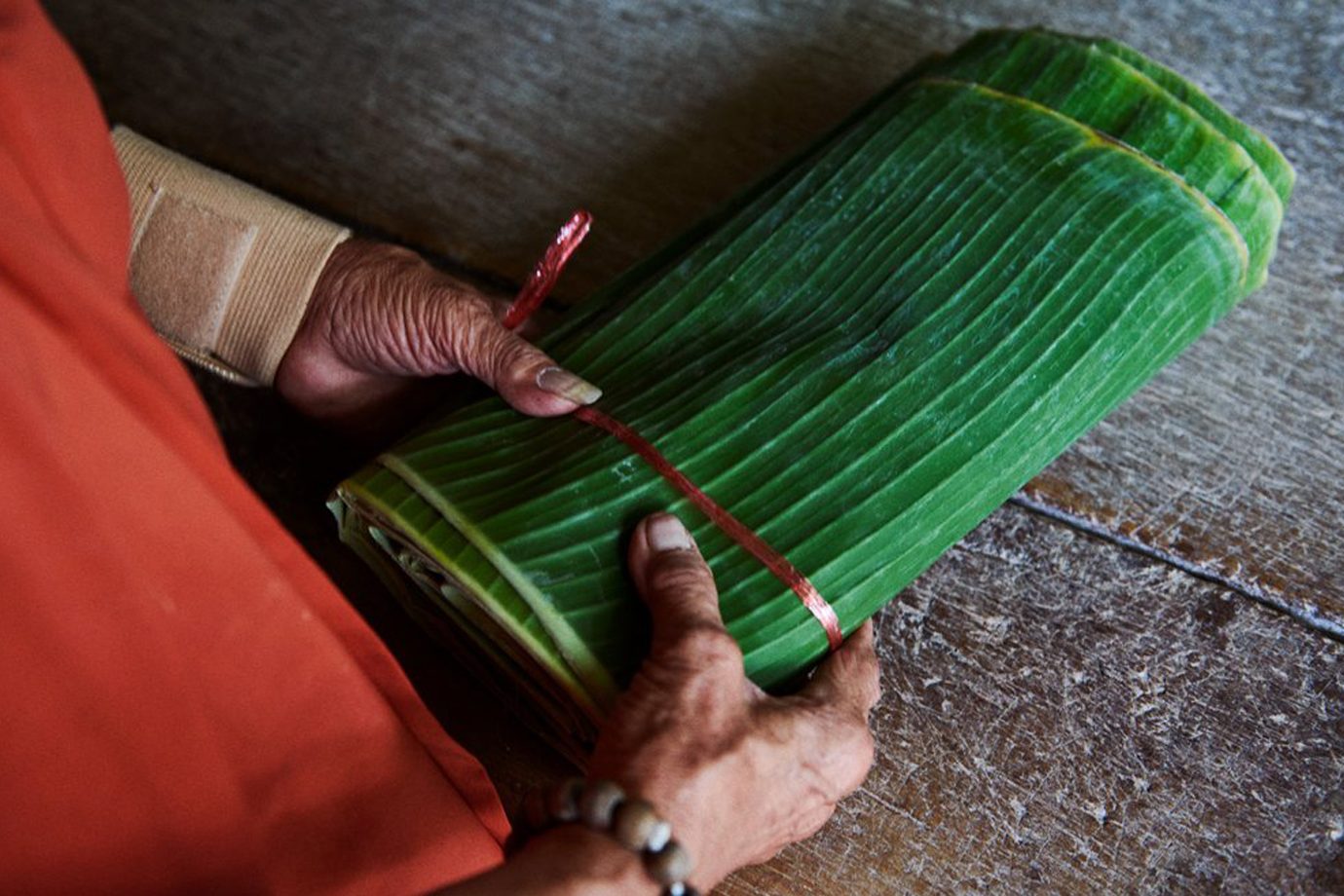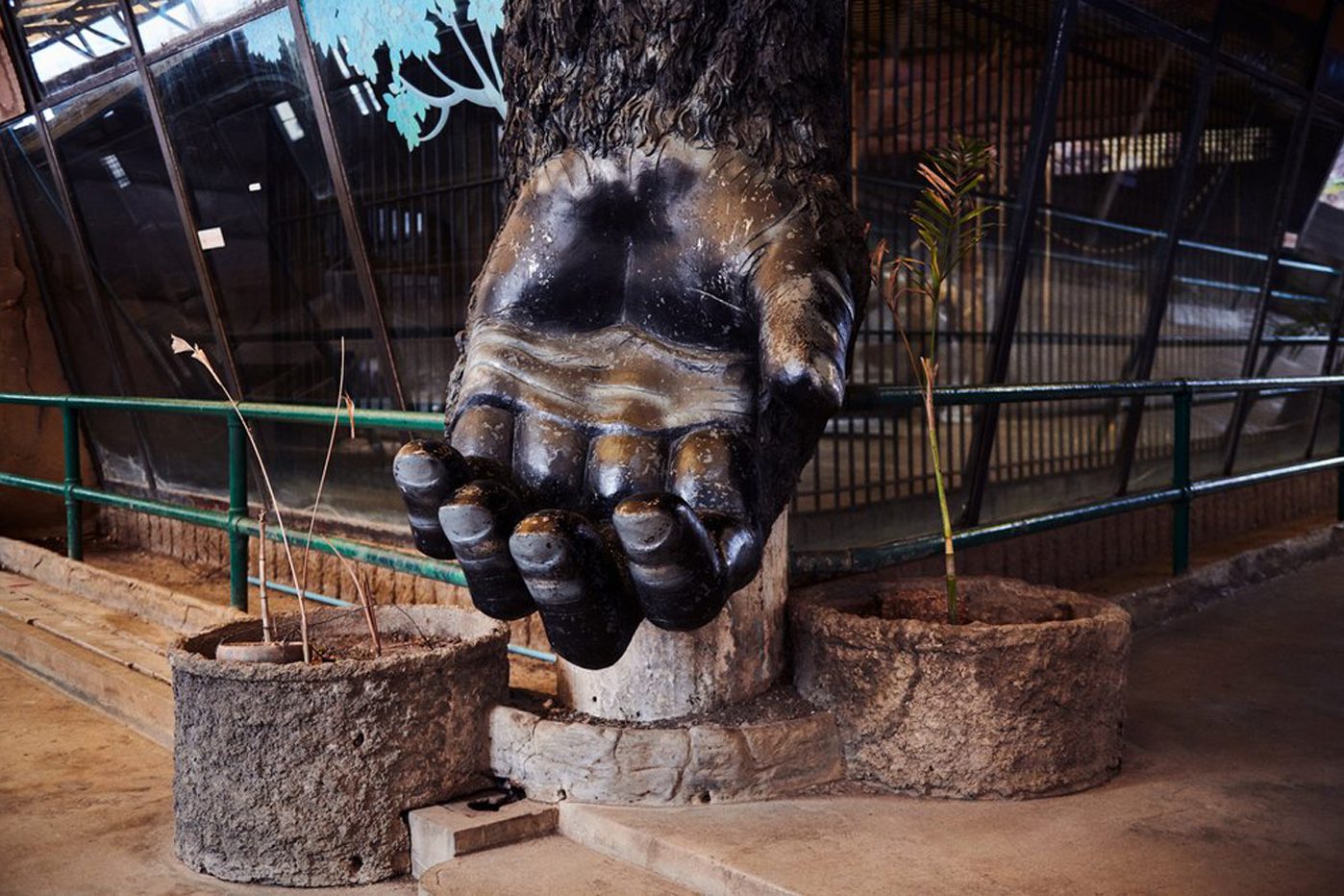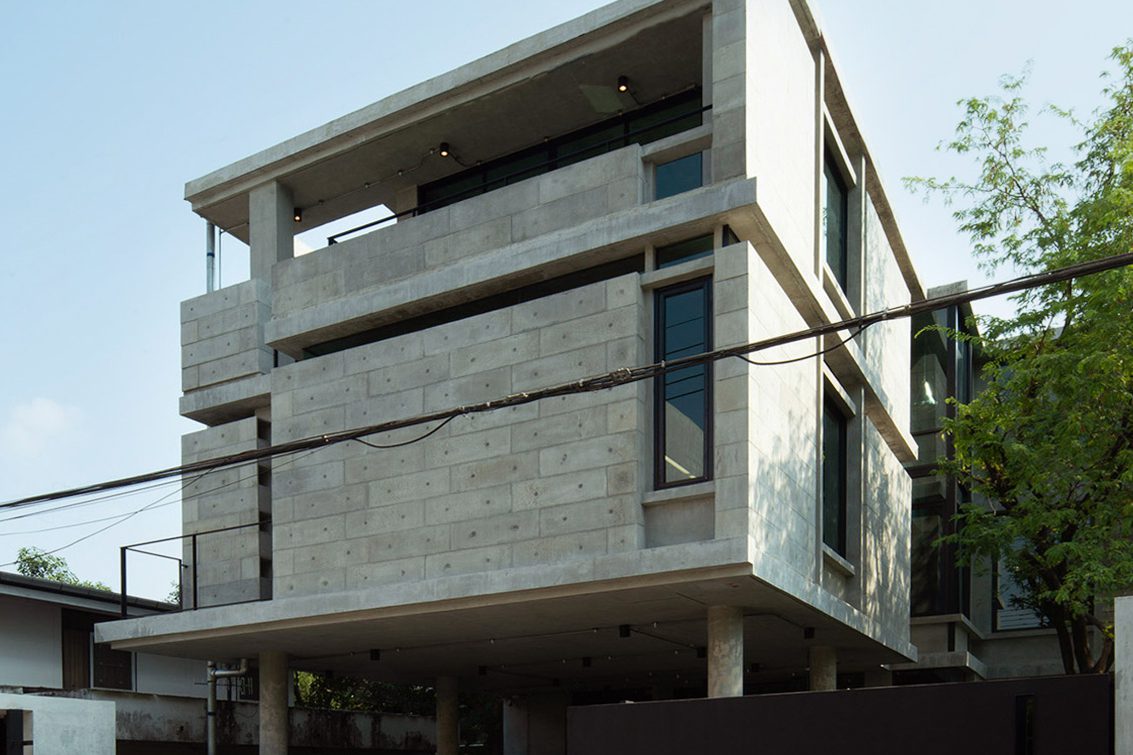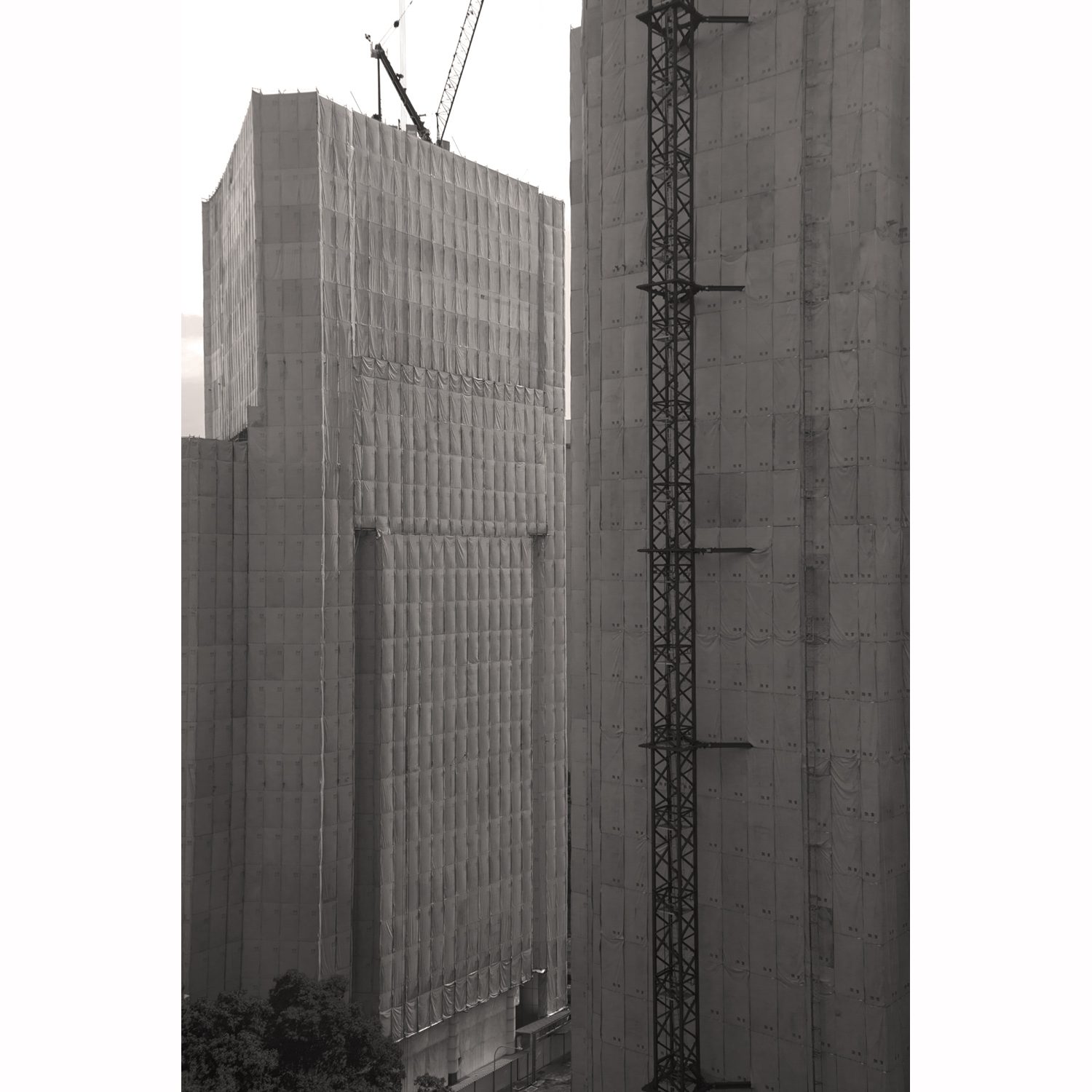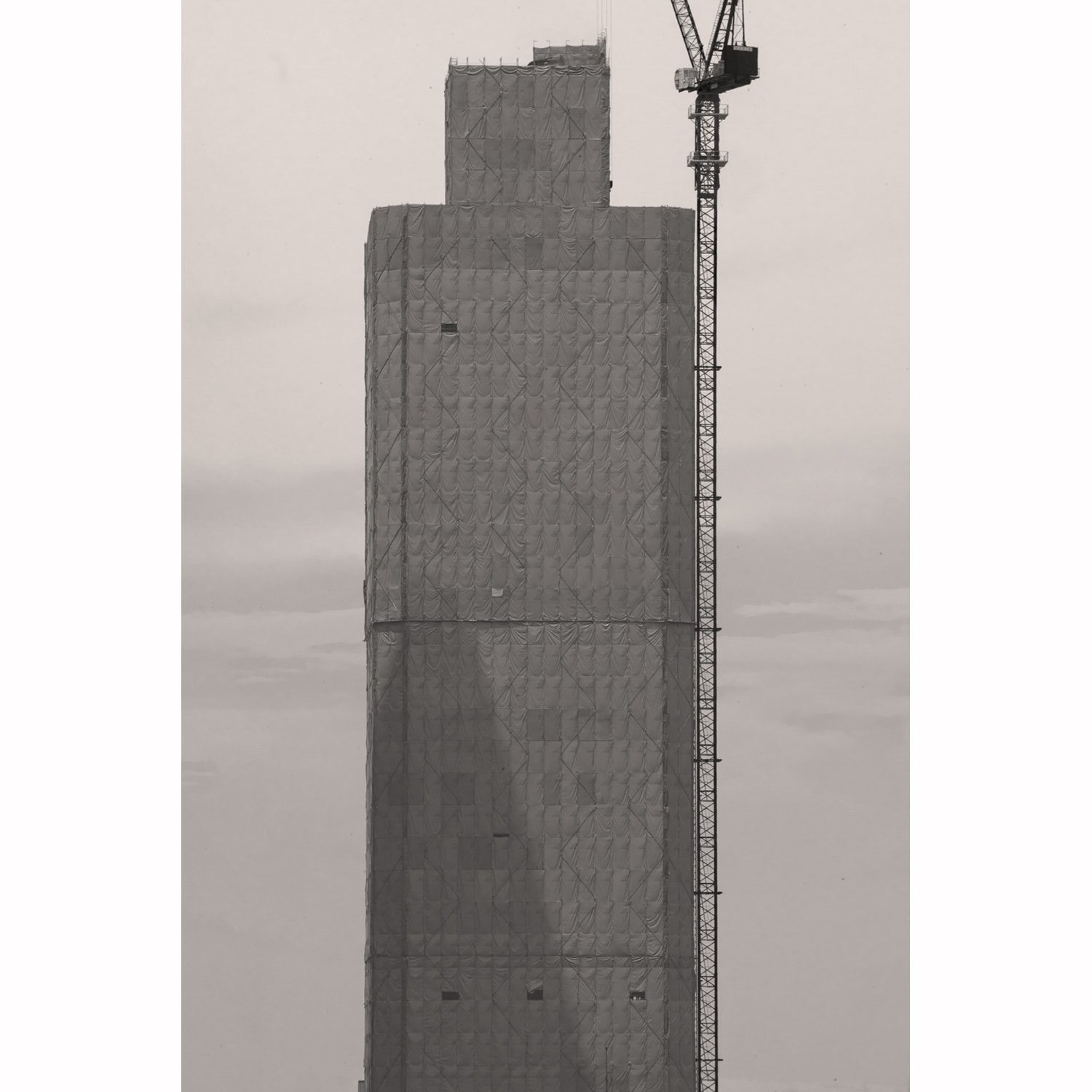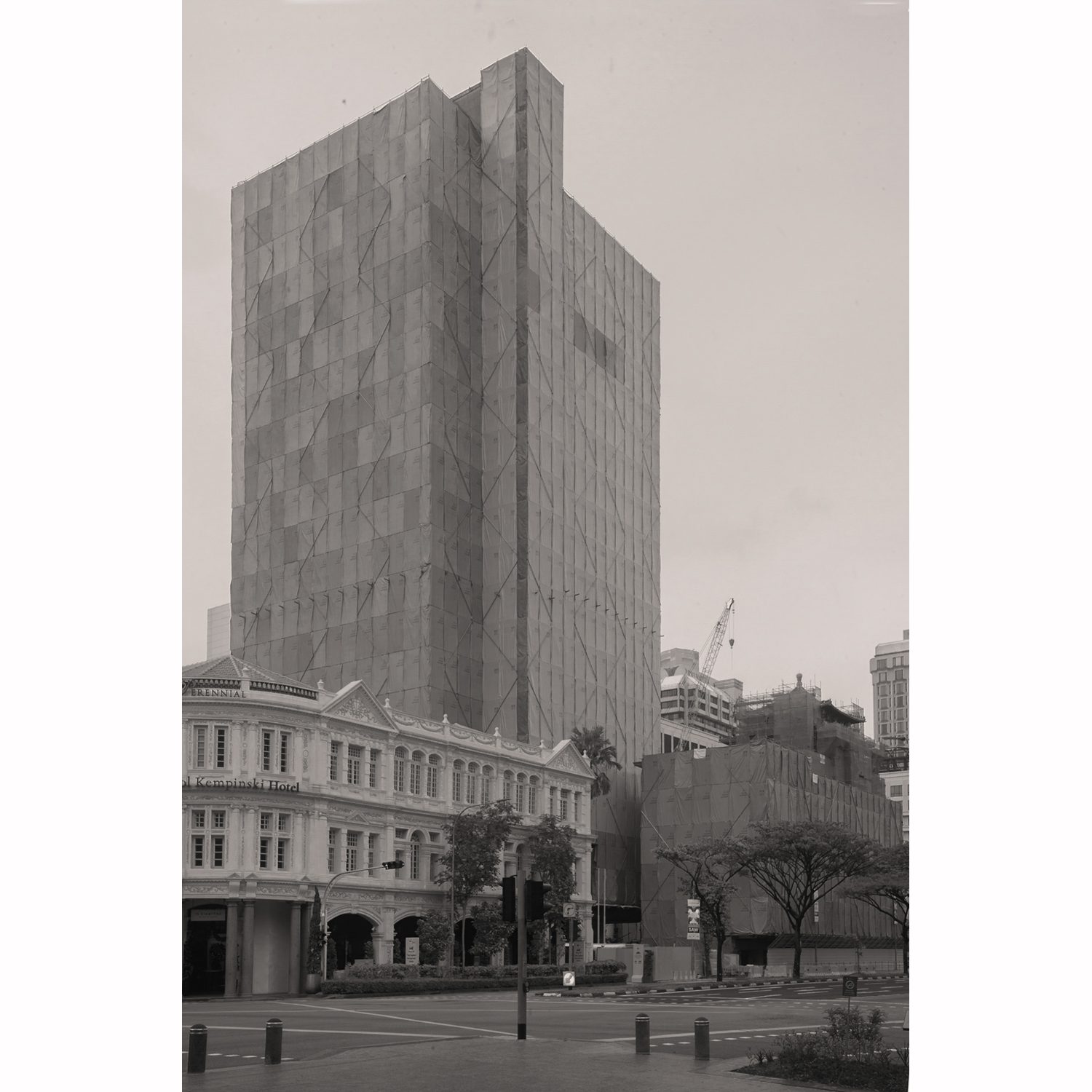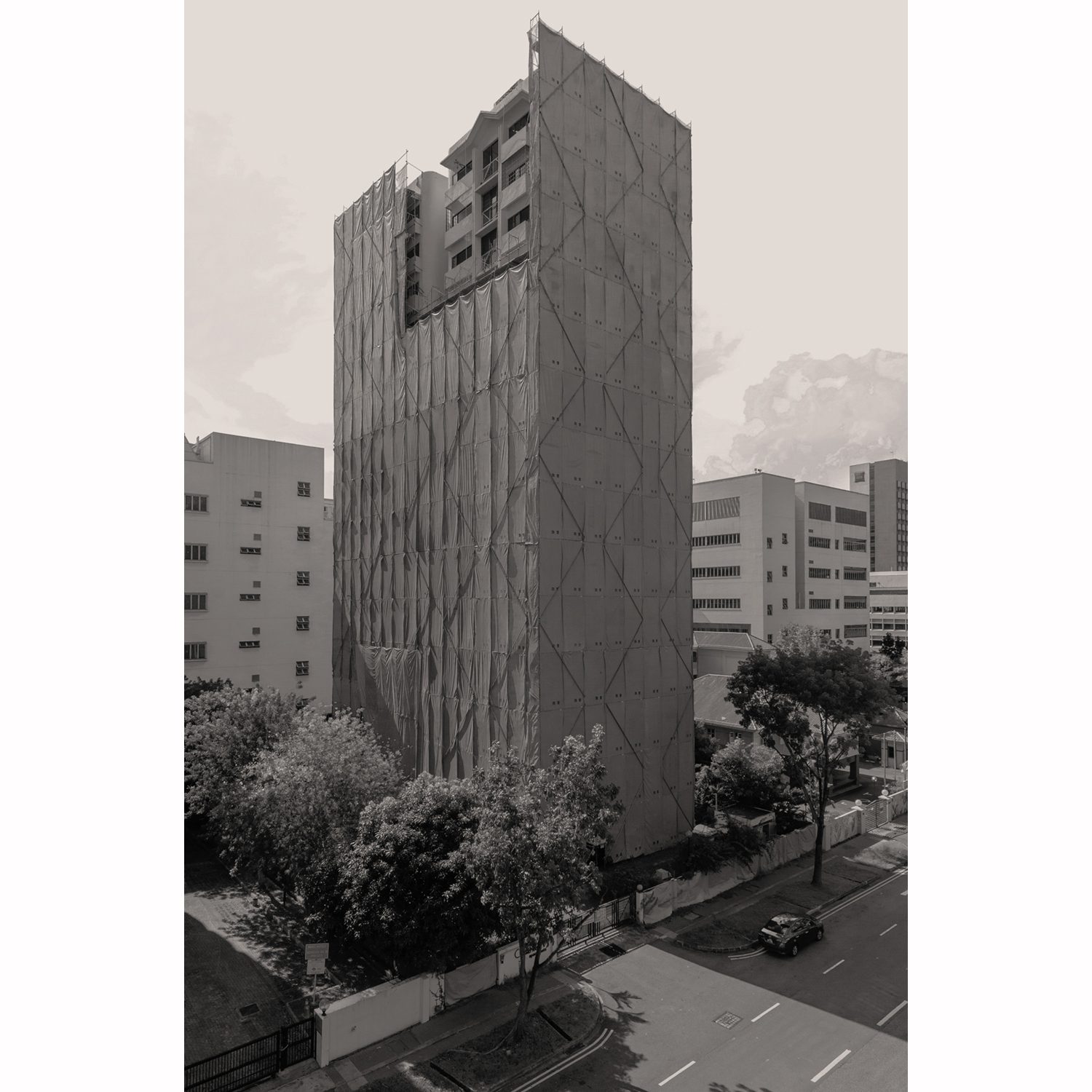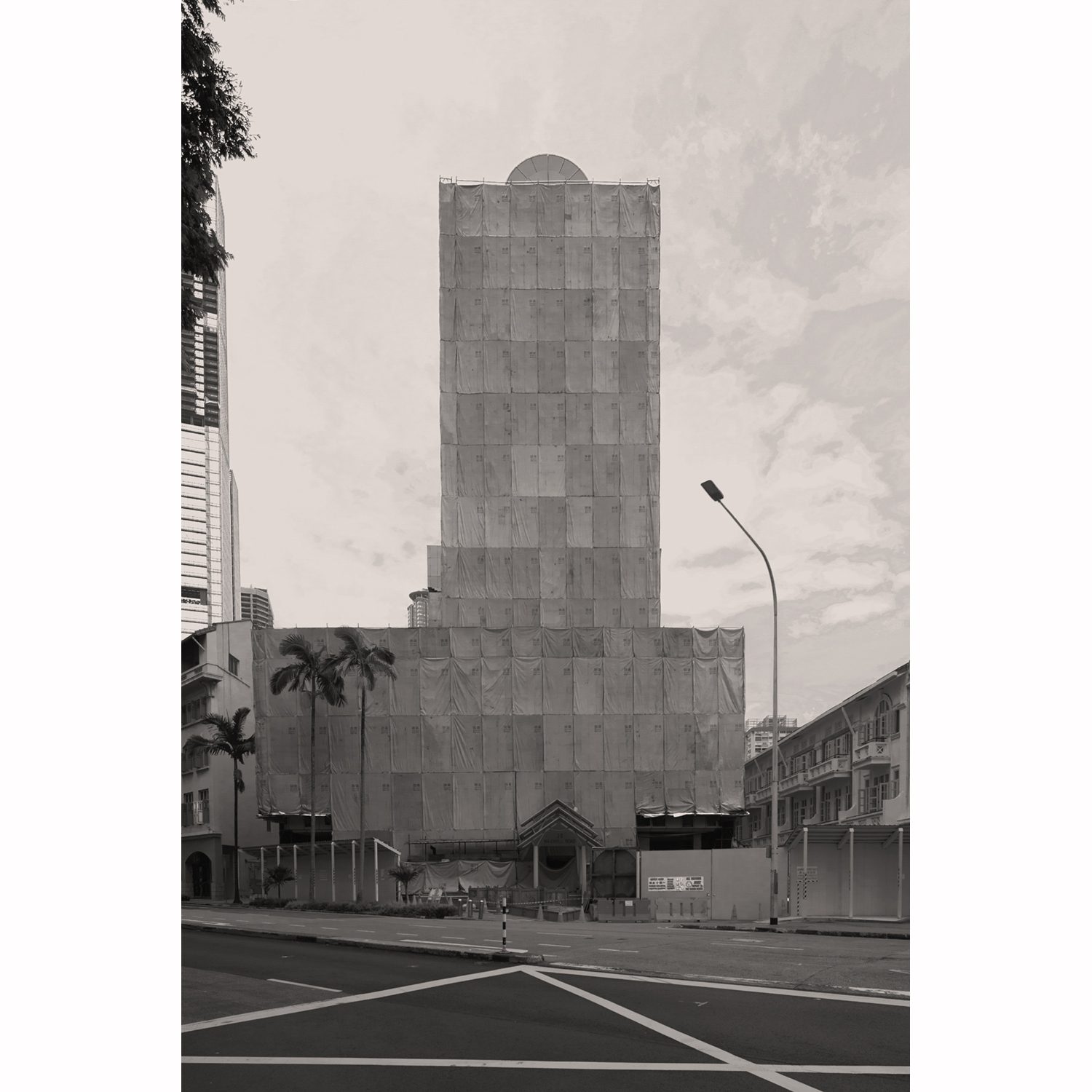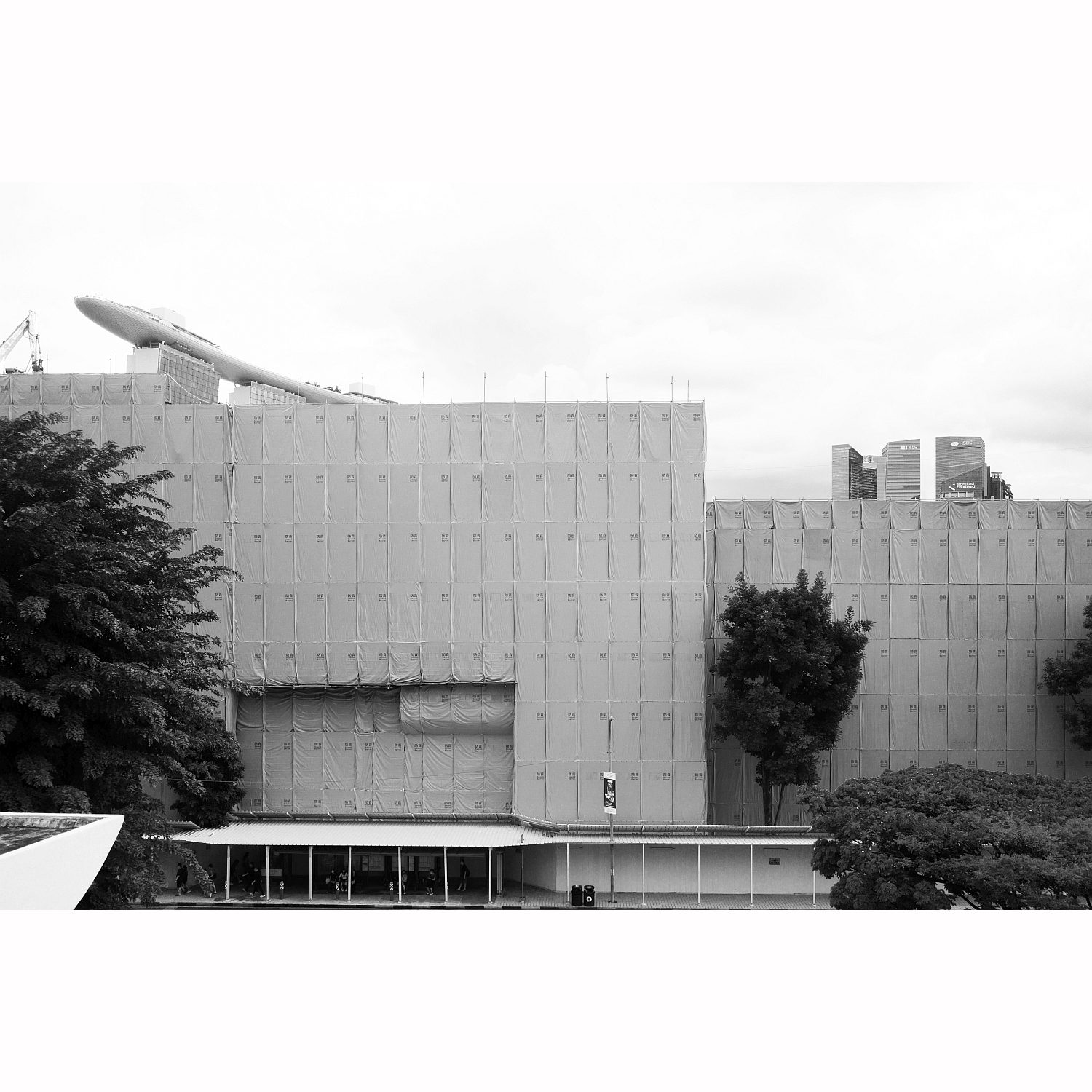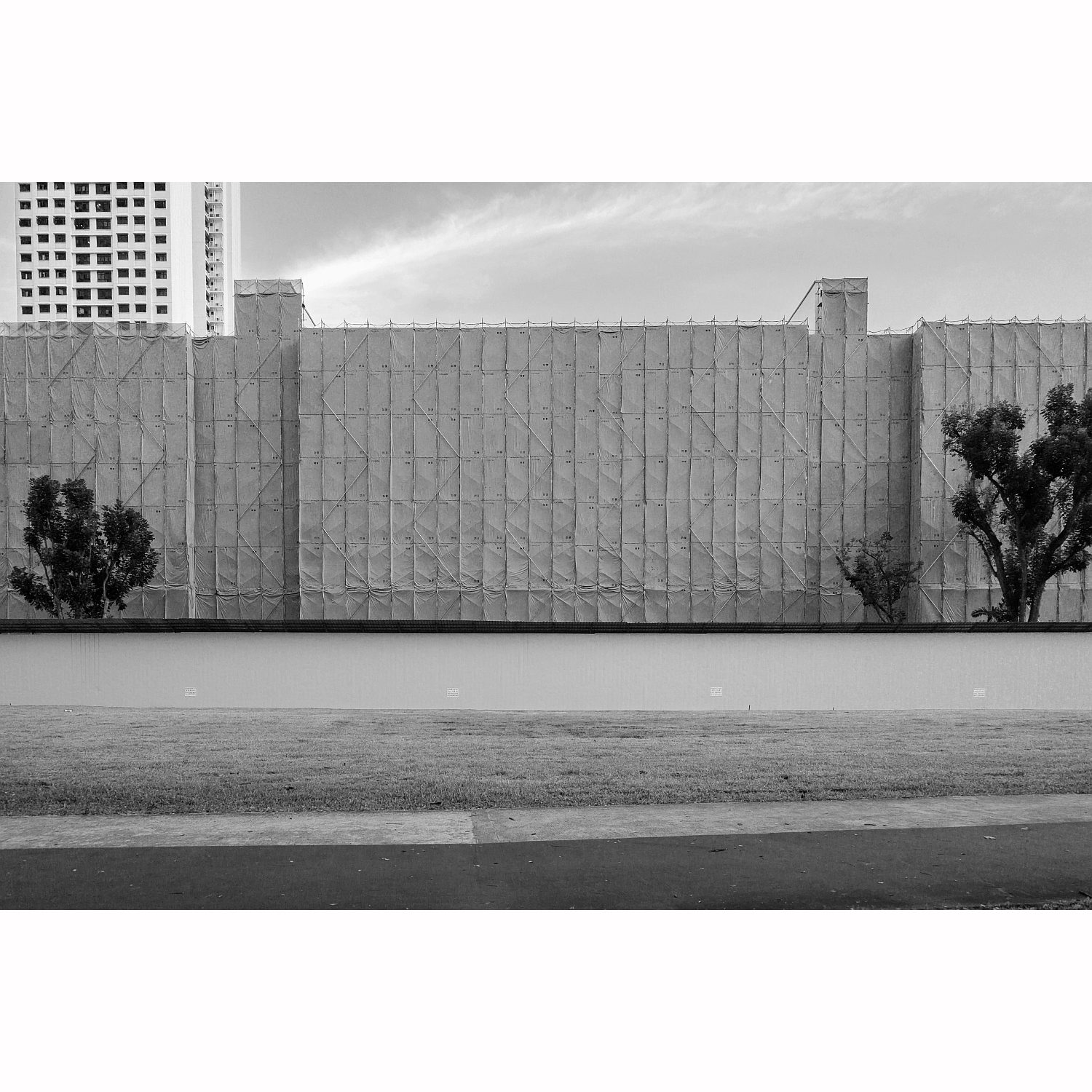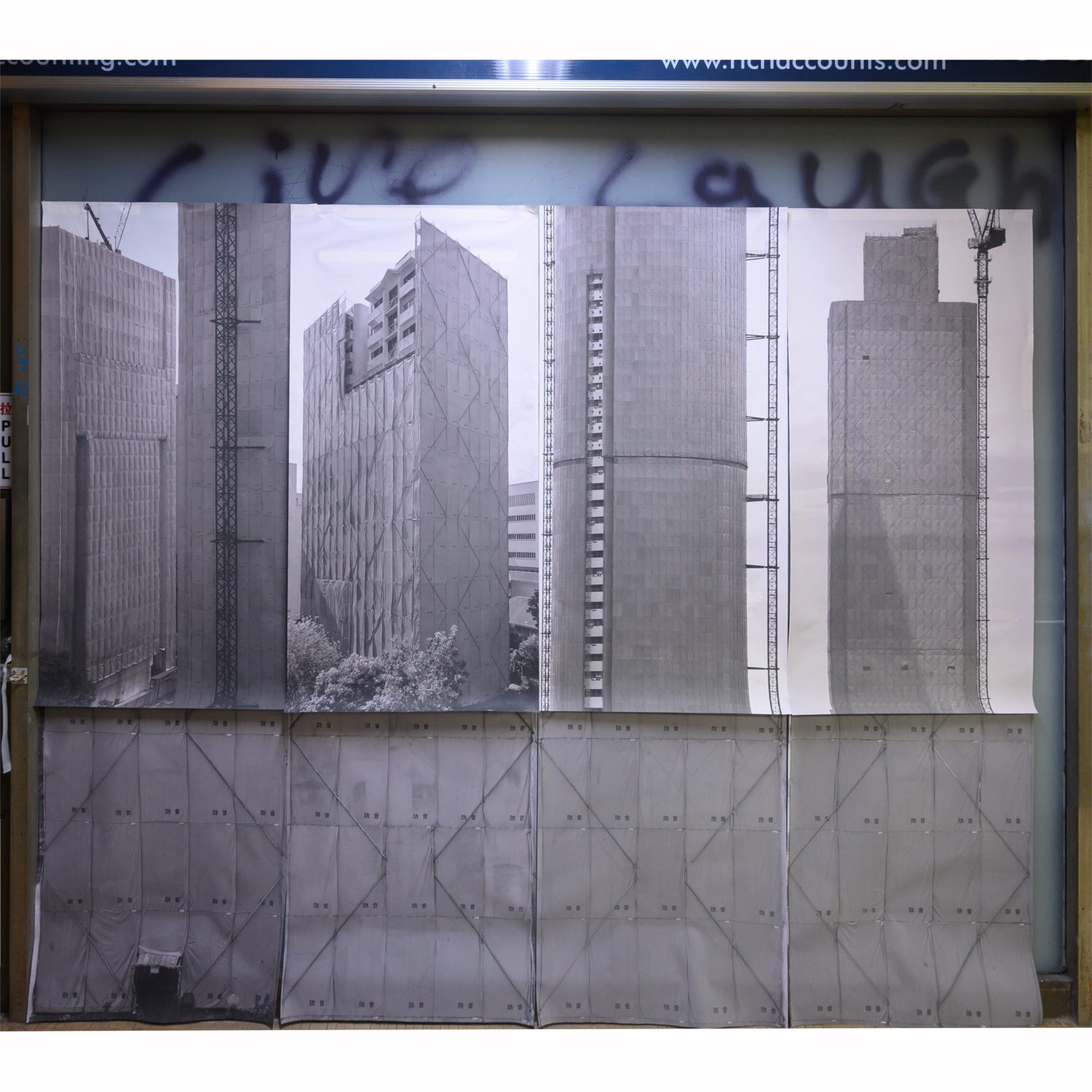TEXT & PHOTO: CHEVAN LIKITBANNAKON
(For Thai, press here)
In “Spectrum of Solitude,” a captivating series of photographs, the lens delves into the intricate dynamics of urban existence, capturing moments of connection, introspection, and cultural immersion amidst the backdrop of parks, museums, and bustling streets. Each image is a brushstroke in the larger canvas of urban life, revealing the nuanced interplay between solitude and companionship, culture and art.
The series opens with scenes of people basking in the warmth of companionship, laughing, and sharing stories in the verdant embrace of city parks or cozy cafes. Friends and lovers alike find solace in each other’s company. Their joy is palpable against the backdrop of urban landscapes. Yet, interspersed among these moments of camaraderie are glimpses of solitary figures lost in thought amidst the hustle and bustle of city life. These solitary moments offer a poignant counterpoint to the vibrant energy of communal gatherings, inviting viewers to contemplate the beauty of introspection and self-discovery.
As the series unfolds, cultural immersion takes center stage, with photographs capturing the diverse tapestry of traditions and expressions that define urban landscapes. From the hushed halls of museums, where art and history intertwine, to the vibrant streets pulsating with the rhythms of different cultures, each image is a testament to the richness of human experience found within the city’s embrace.
“Spectrum of Solitude” is more than just a collection of photographs; it is a visual symphony that celebrates the multifaceted nature of urban life. Through the lens of street photography, viewers are invited to explore the delicate balance between connection and solitude, culture and art, discovering beauty in the everyday moments that shape our urban experiences.
_____________
With a background in filmmaking, Chevan Likitbannakon is a Thai-Egyptian passionate visual storyteller, particularly through the visual arts – painting, photography, music videos, and filmmaking. There are fleeting moments where I glimpse the essence of the subject(s) I capture. That is the story I tell. And I become part of that story by being behind the camera and documenting that particular moment. It could be a feeling, or a thought, or a look, that is revealed in the captured moment – one that was perhaps previously unseen.
chevan.myportfolio.com

